В огромной сети оптоволоконных коммуникаций, оптоволоконные пигтейлы и Оптоволоконные патч-корды являются незаменимыми "мостами", выполняющими важнейшую задачу по передаче сигнала. Хотя они оба являются важными компонентами для оптоволоконных соединений, в практическом применении между ними существуют очевидные различия. Глубокое понимание различий между волоконными пигтейлами и волоконными патч-кордами необходимо для обеспечения эффективной и стабильной работы волоконно-оптических систем связи. Далее мы проанализируем эти два компонента оптоволоконных соединений с разных точек зрения.
Оглавление
- Анализ определений: Раскрытие тайн волоконных пигтейлов и волоконных патч-кордов
- Сравнение характеристик: Анализ различий по нескольким параметрам
- Сравнение сценариев применения: "Разделение труда и сотрудничество" в различных сценариях
- Предложения по выбору: Выбирайте в соответствии с потребностями для достижения оптимальной эффективности
- Заключение

Анализ определений: Раскрытие тайн волоконных пигтейлов и волоконных патч-кордов
Волоконный пигтейл, также известный как волоконный пигтейл, представляет собой волоконно-оптическое изделие с волоконно-оптическим разъемом на одном конце и голым волокном на другом. Голая часть волокна в основном используется для сращивания с другими волокнами. Благодаря профессиональной технике сращивания достигается постоянное соединение между волокнами, что позволяет стабильно передавать оптический сигнал на устройство. В связи с тем, что оптоволоконный пигтейл используется в основном для сращивания, его длина обычно невелика и составляет от 0,5 до 2 метров.
Волоконный патч-корд, также называемый волоконно-оптическим коннектором, представляет собой волоконно-оптическое изделие с волоконно-оптическими разъемами на обоих концах. Его функция заключается в обеспечении быстрого и удобного соединения между устройствами, а также между устройствами и оптоволоконными распределительными рамками. Операция соединения может быть завершена простым подключением и отключением разъемов, что является непостоянным методом соединения. Длина волоконных коммутационных шнуров относительно гибкая, от нескольких десятков сантиметров до нескольких десятков метров, что позволяет удовлетворить требования к подключению в различных сценариях.
Сравнение характеристик: Анализ различий по нескольким параметрам
Различия в длине
По длине между волоконными пигтейлами и волоконными коммутационными шнурами есть существенные различия. Как упоминалось ранее, волоконные пигтейлы в основном служат для сценария сращивания волокон. Меньшая длина более удобна для эксплуатации и управления и обычно не превышает 2 метров. Волоконные коммутационные шнуры, с другой стороны, предназначены для адаптации к сетевым кабелям и различным расстояниям между устройствами. Они имеют более широкий диапазон длин. Короткие - несколько десятков сантиметров для подключения устройств на коротких расстояниях, а длинные могут достигать нескольких десятков метров, удовлетворяя требованиям к оптоволоконным соединениям между разными шкафами и этажами в компьютерном зале.
Различия в методах подключения
Метод соединения является важной характеристикой, которая отличает их друг от друга. Волоконные пигтейлы используют метод сращивания, соединяя голое волокно с другими волокнами для формирования стабильного физического соединения и канала передачи оптического сигнала. После создания такого соединения оно отличается высокой стабильностью и низкими потерями, но изменить его впоследствии сложнее. Оптоволоконные коммутационные шнуры, напротив, используют соединение "подключи и работай" через разъемы. Работа с ними проста и удобна. Когда необходимо скорректировать схему сети или заменить устройство, его можно легко разобрать и подключить заново, что значительно повышает гибкость оптоволоконных соединений.
Различия в материалах и характеристиках
Существуют также различия в материалах и характеристиках между ними. Поскольку волоконные пигтейлы в основном используются для сращивания, к ним предъявляются высокие требования по чистоте и консистенции волокна для обеспечения качества передачи оптического сигнала после сращивания. В то же время, чтобы облегчить операцию сращивания, их внешняя оболочка обычно тонкая. Для волоконных коммутационных шнуров, помимо требований к качеству волокна, необходимо также учитывать качество разъемов, поскольку производительность разъемов напрямую влияет на стабильность и потери соединения. Кроме того, чтобы адаптироваться к частым операциям по подключению и отключению и различным условиям использования, внешние оболочки волоконных коммутационных шнуров обычно толстые, с лучшей износостойкостью и сопротивлением изгибу, что обеспечивает надежность волоконно-оптических соединений.
Сравнение сценариев применения: "Разделение труда и сотрудничество" в различных сценариях
Сценарии применения волоконных пигтейлов
Оптоволоконные пигтейлы играют важную роль в подключении оборудования в компьютерном зале. В компьютерном зале связи основные магистральные линии оптоволоконной сети подключаются к различным устройствам (таким как оптические приемопередатчики, оптоволоконные приемопередатчики и т.д.) через оптоволоконные пигтейлы, реализуя передачу оптических сигналов от основных магистральных линий к устройствам. В то же время в процессе сращивания волокон волоконные пигтейлы являются важнейшими компонентами. Благодаря сращиванию с волокнами в оптическом кабеле создается полноценная волоконно-оптическая линия передачи, обеспечивающая стабильность волоконно-оптических соединений и качество передачи сигнала.
Сценарии применения волоконно-оптических коммутационных шнуров
Волоконные коммутационные шнуры широко используются в области сетевых кабелей. В комплексной кабельной системе волоконные коммутационные шнуры используются для подключения волоконно-оптических распределительных рамок к коммутаторам, серверам и другим устройствам, создавая волоконно-оптический канал связи между сетевыми устройствами. В центре обработки данных устройства в разных шкафах быстро подключаются с помощью оптоволоконных коммутационных шнуров, что облегчает установку, отладку и обслуживание устройств. Кроме того, в сценариях подключения устройств на коротких расстояниях, таких как лабораторное оборудование и сети малых офисов, оптоволоконные коммутационные шнуры, благодаря удобному методу подключения "подключи и работай", становятся первым выбором для создания оптоволоконных соединений.
Предложения по выбору: Выбирайте в соответствии с потребностями для достижения оптимальной эффективности
Когда требуется постоянное оптоволоконное соединение, например, сращивание оптических кабелей или фиксированное соединение устройств с магистральными линиями, оптоволоконные пигтейлы являются подходящим выбором для обеспечения стабильности соединения и низких потерь. В таких сценариях, как прокладка сетевых кабелей, частая настройка устройств или подключение на короткие расстояния, оптоволоконные коммутационные шнуры, благодаря своему удобству и гибкости, могут лучше удовлетворить потребности. В то же время при выборе необходимо подбирать подходящие волоконные пигтейлы и волоконные коммутационные шнуры в соответствии с конкретными требованиями к производительности, такими как скорость передачи и длина волны, чтобы обеспечить эффективную и стабильную работу волоконно-оптических соединений.
Заключение
Хотя оптоволоконные пигтейлы и оптоволоконные коммутационные шнуры являются ключевыми компонентами оптоволоконных соединений, они имеют свои собственные характеристики с точки зрения определения, функций и сценариев применения. Правильное понимание различий между ними и разумный выбор и использование их в соответствии с реальными потребностями могут в полной мере реализовать их роль в оптоволоконной связи и обеспечить надежную гарантию высокоскоростной и стабильной оптоволоконной сети. С непрерывным развитием технологии оптоволоконной связи эти два компонента также будут продолжать оптимизироваться и модернизироваться, чтобы лучше удовлетворять потребности сетей в различных областях.
Сопутствующие товары
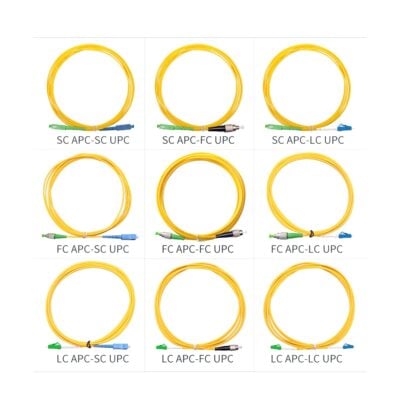

SC LC FC UPC APC оптический патч-корд кабель одножильный
Диапазон цен: 8,75 EUR € - 51,25 EUR €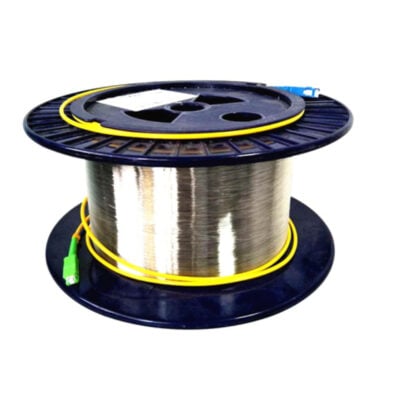
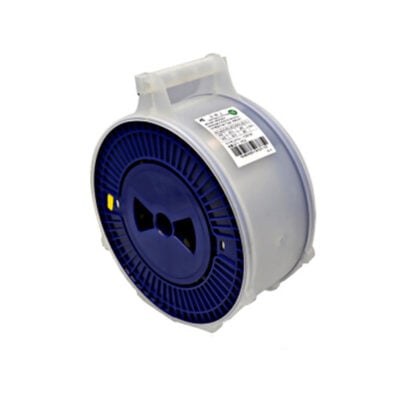

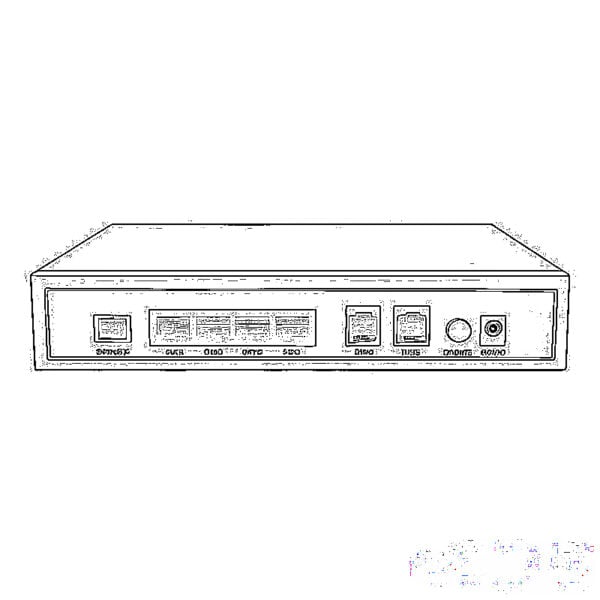
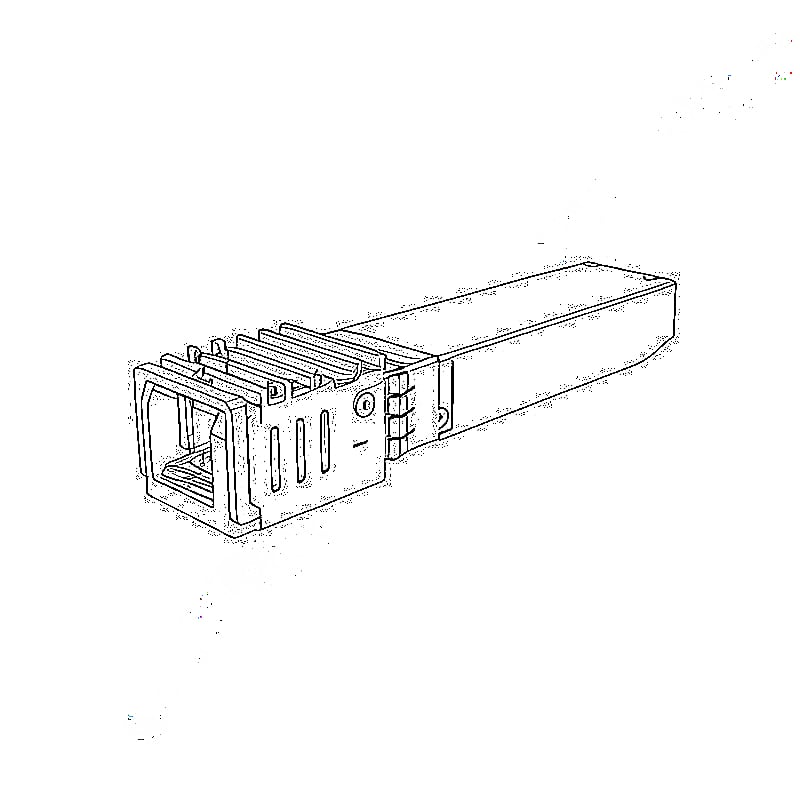
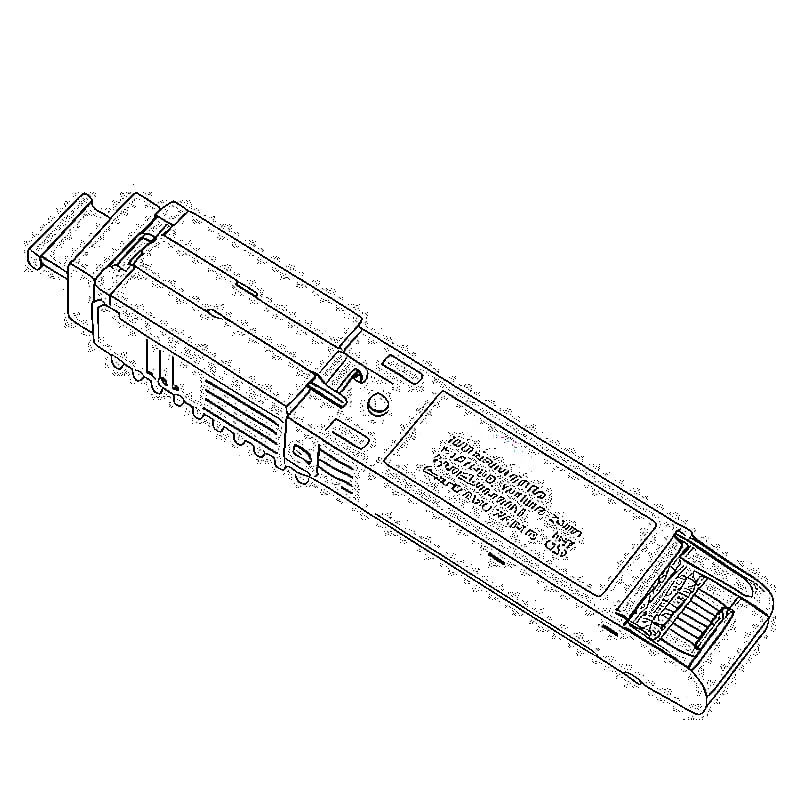
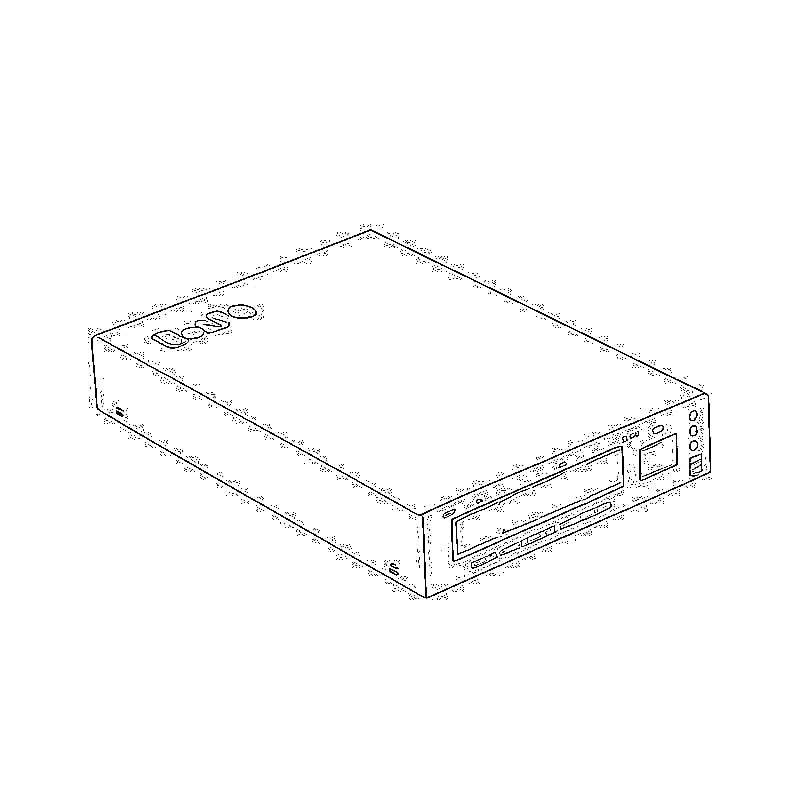
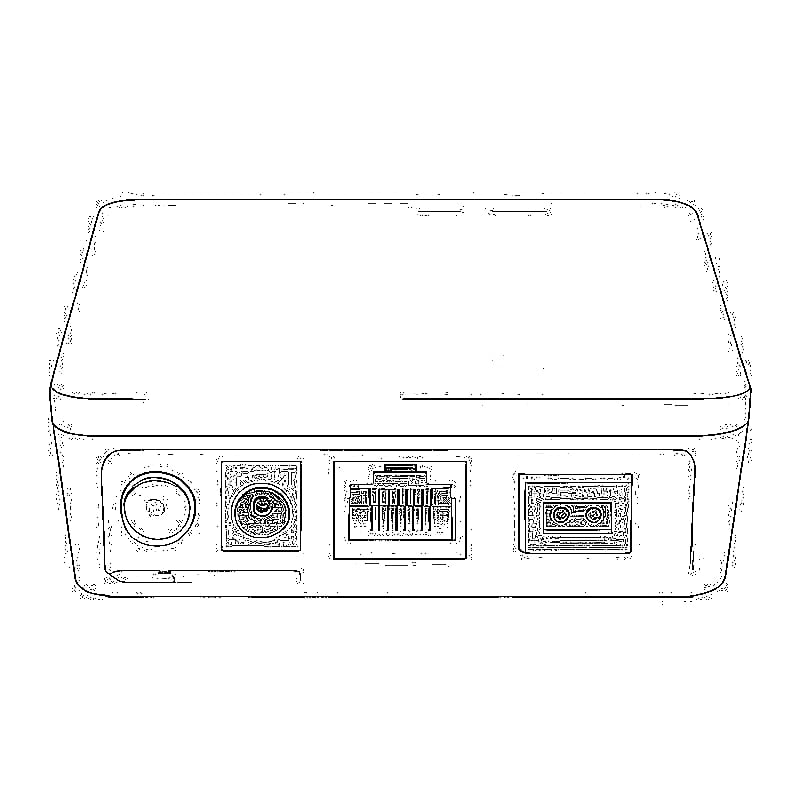
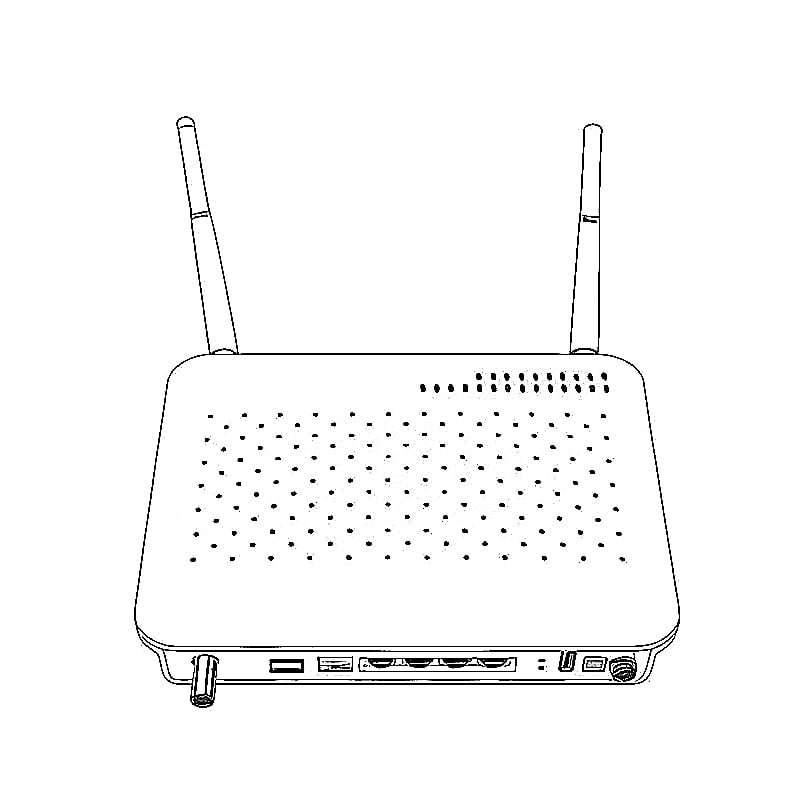
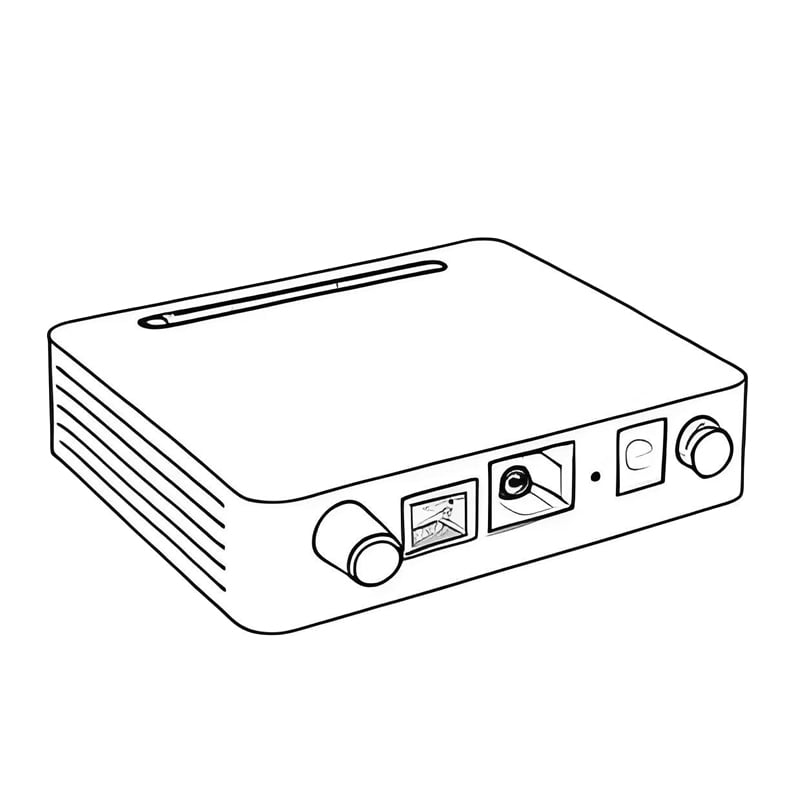
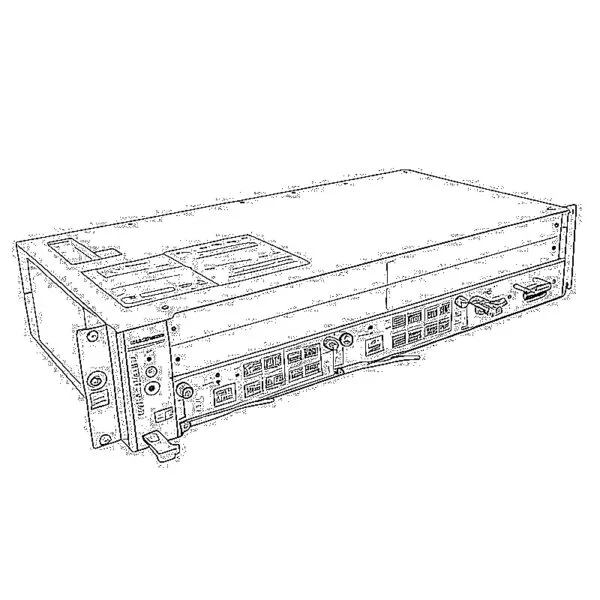
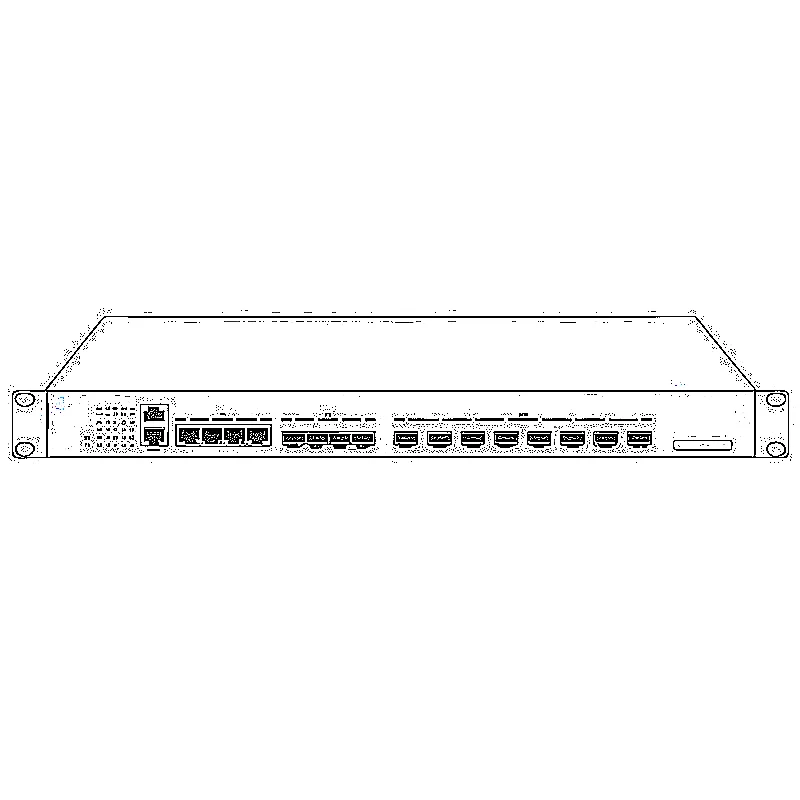
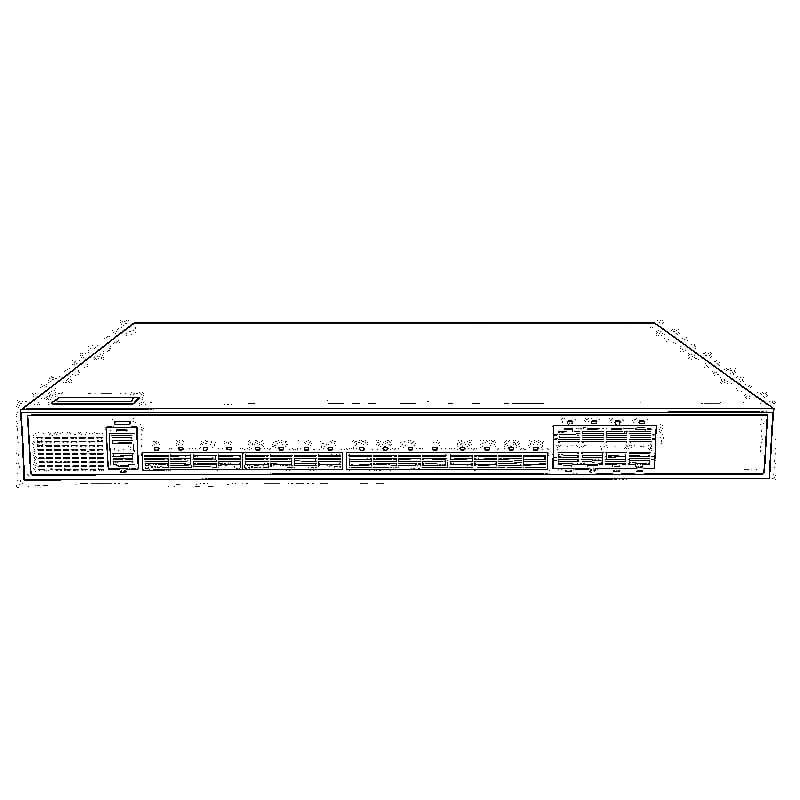

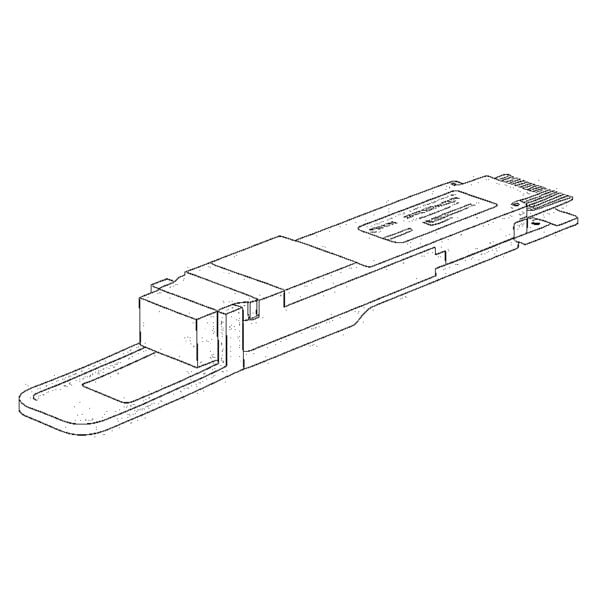
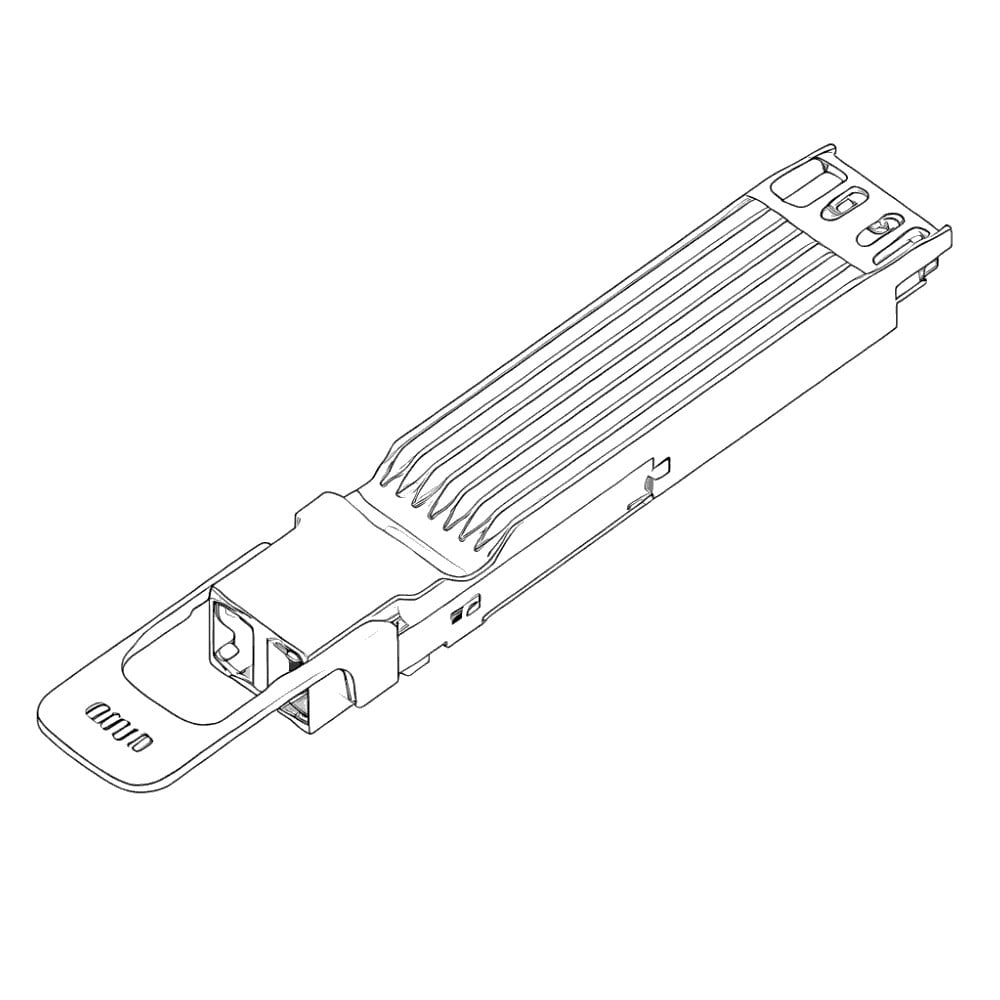
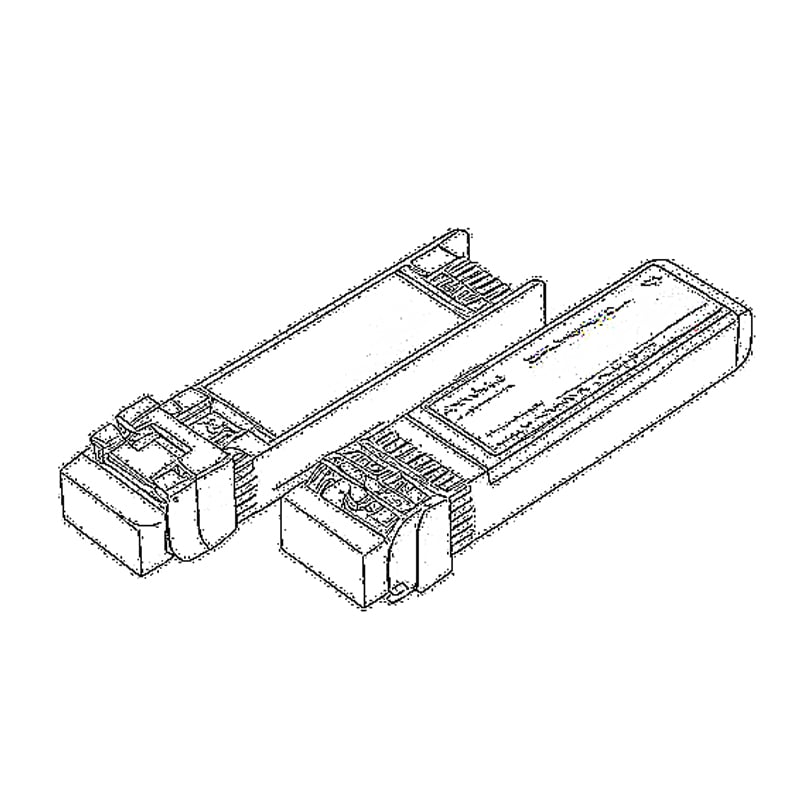
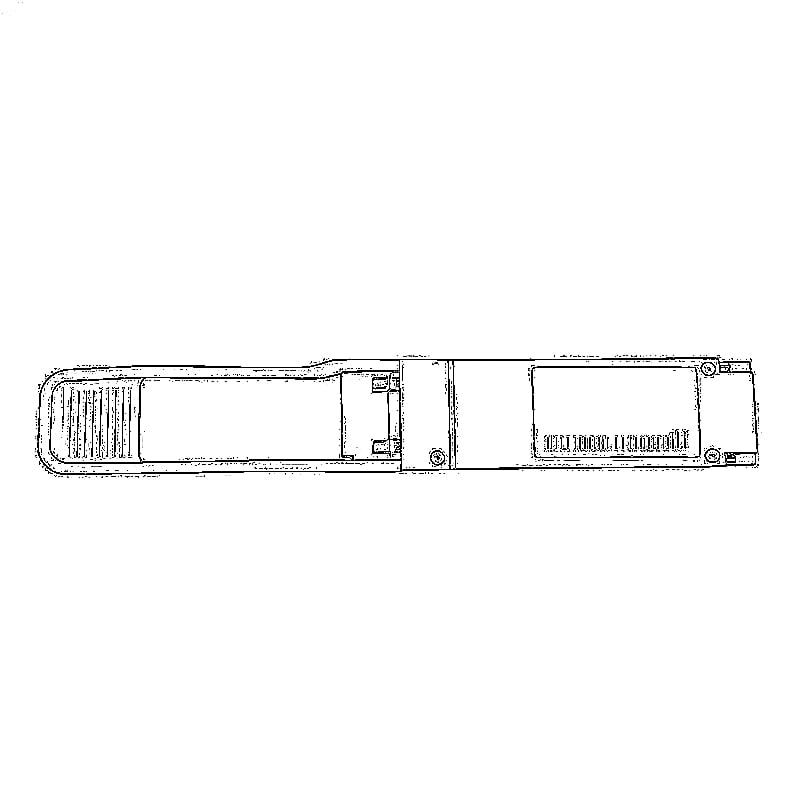
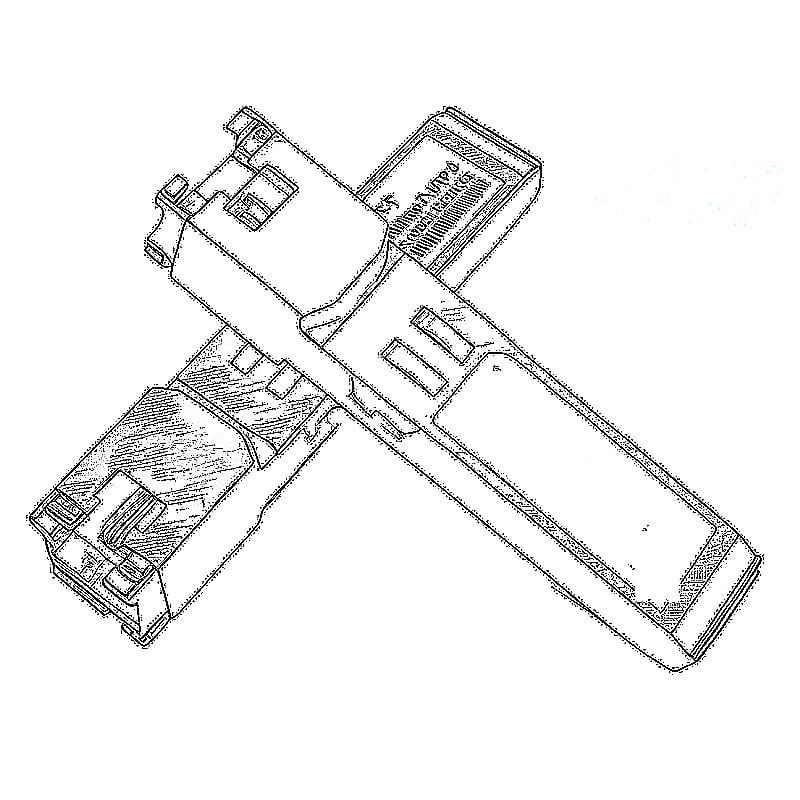
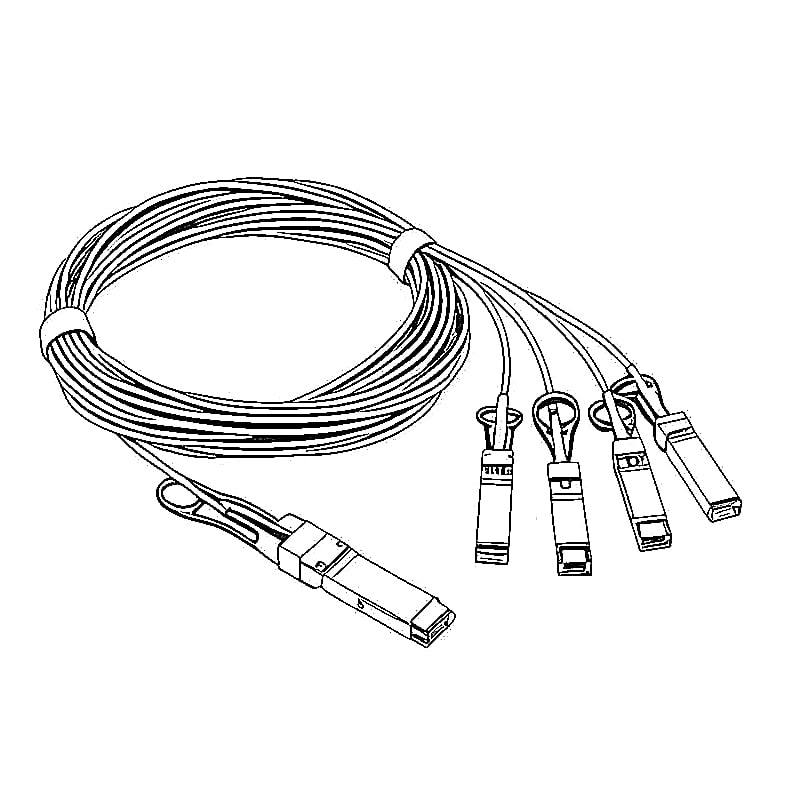

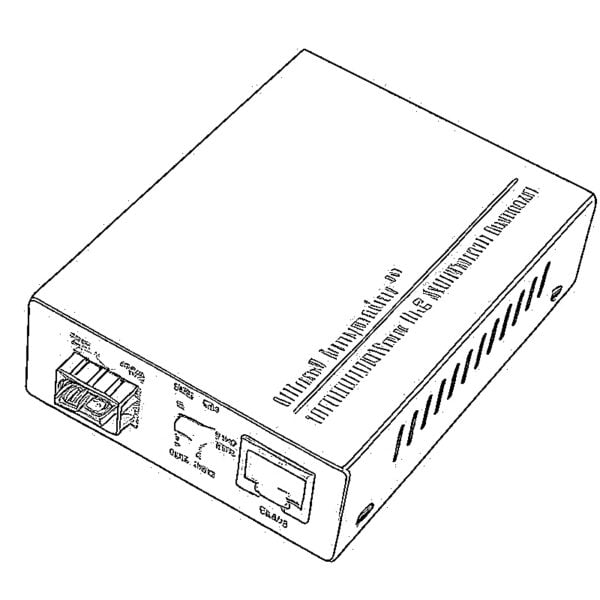
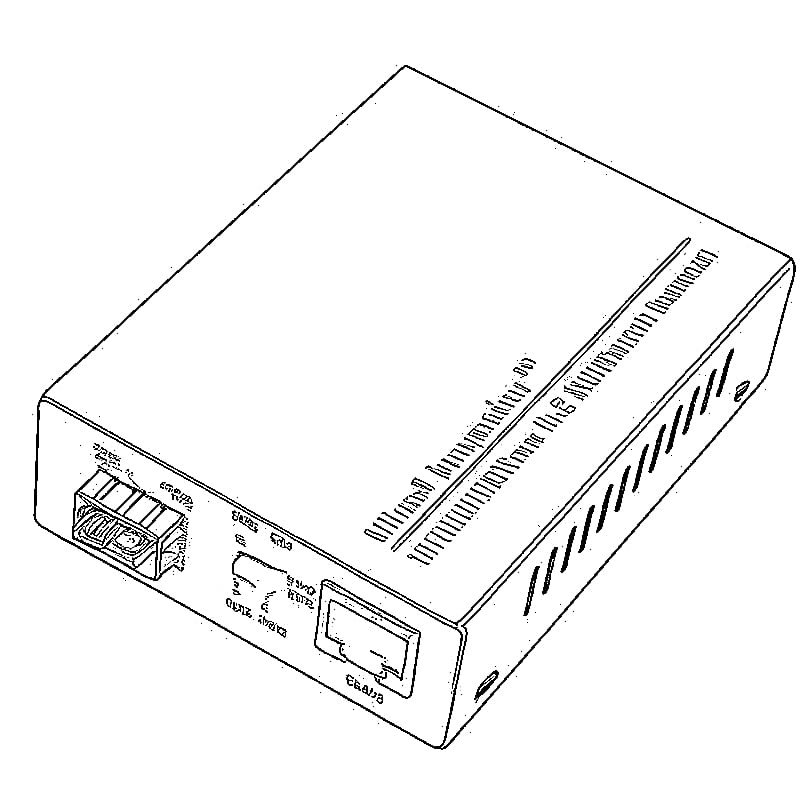
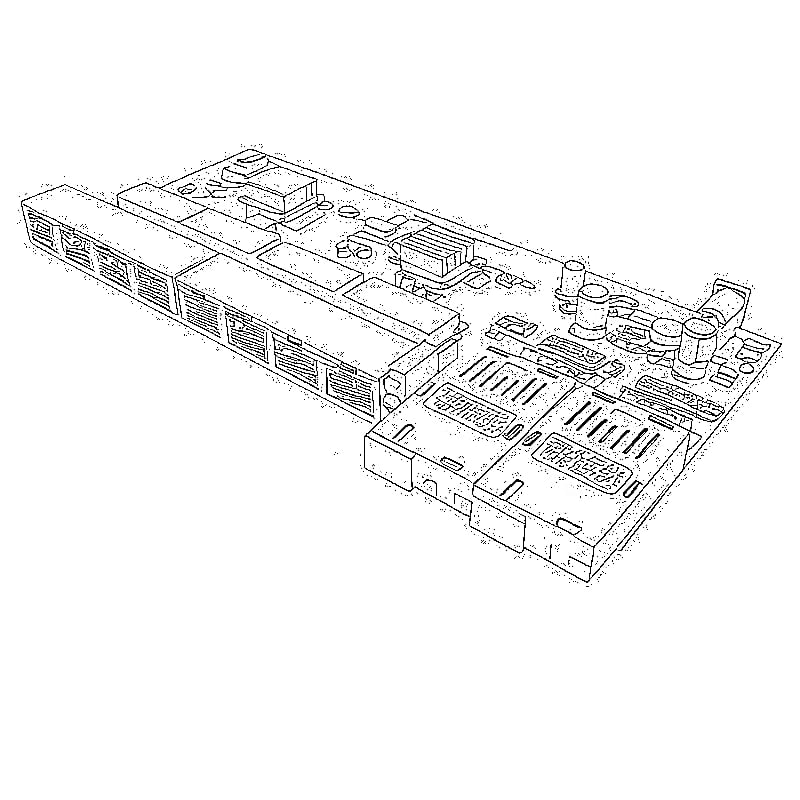
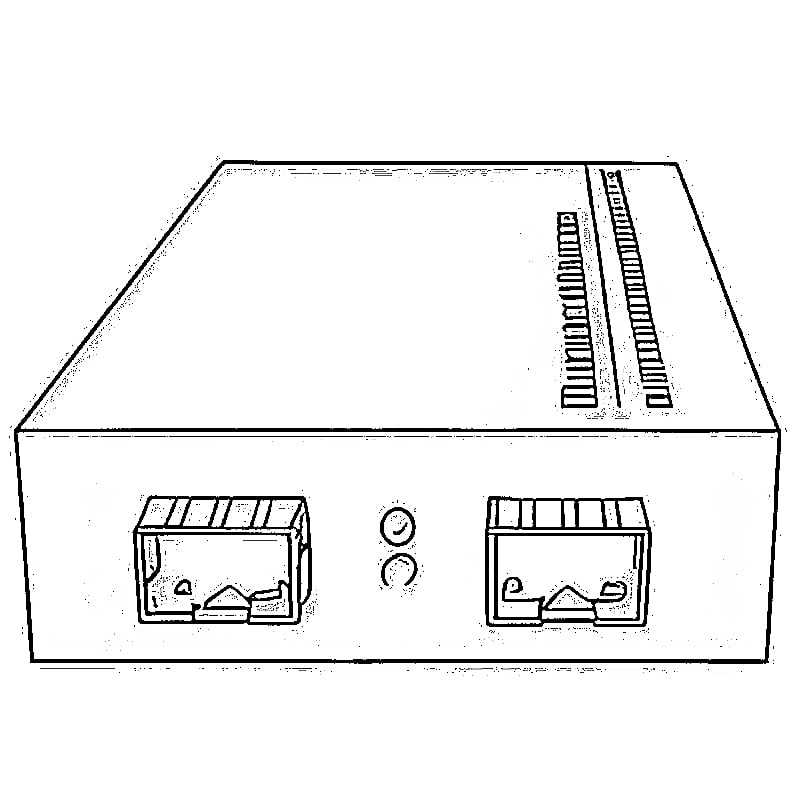
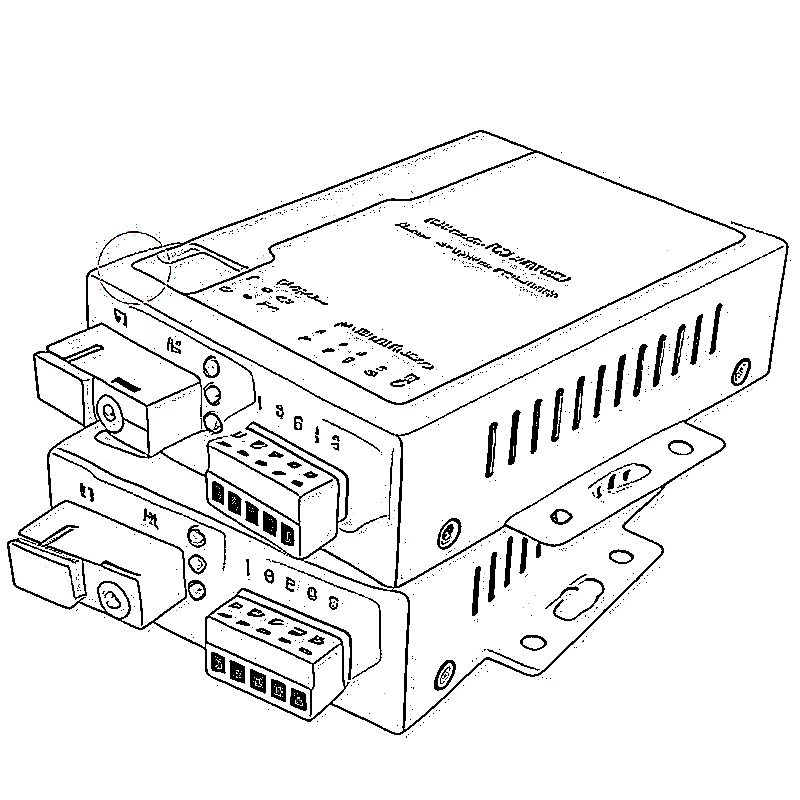
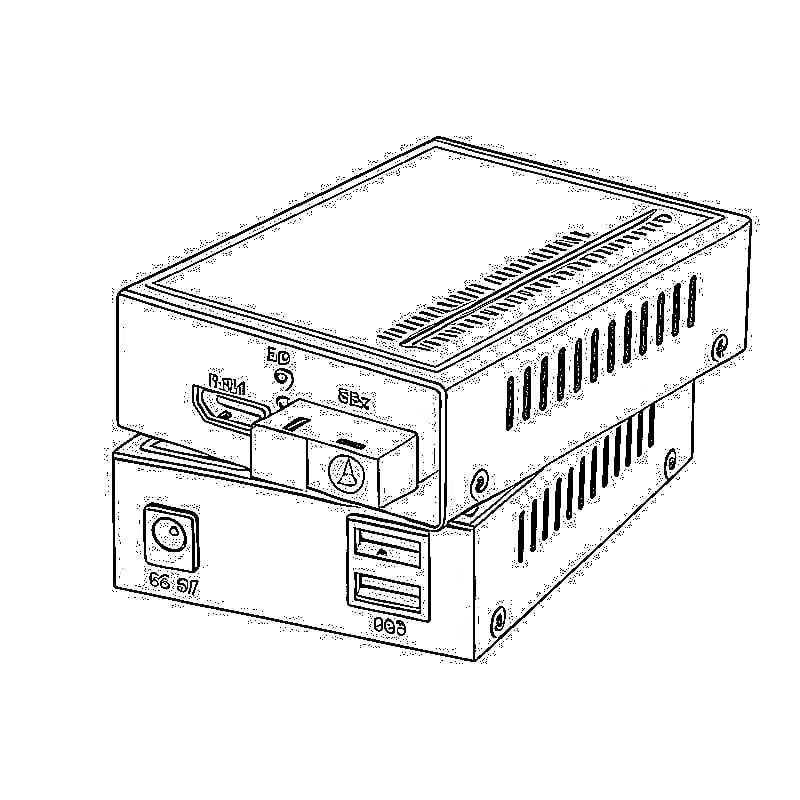

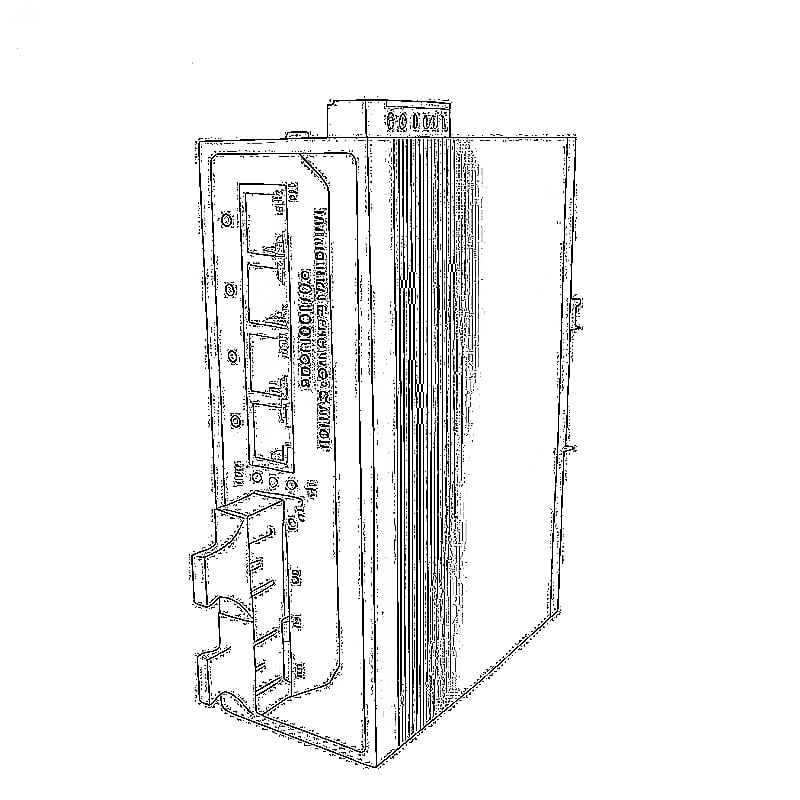

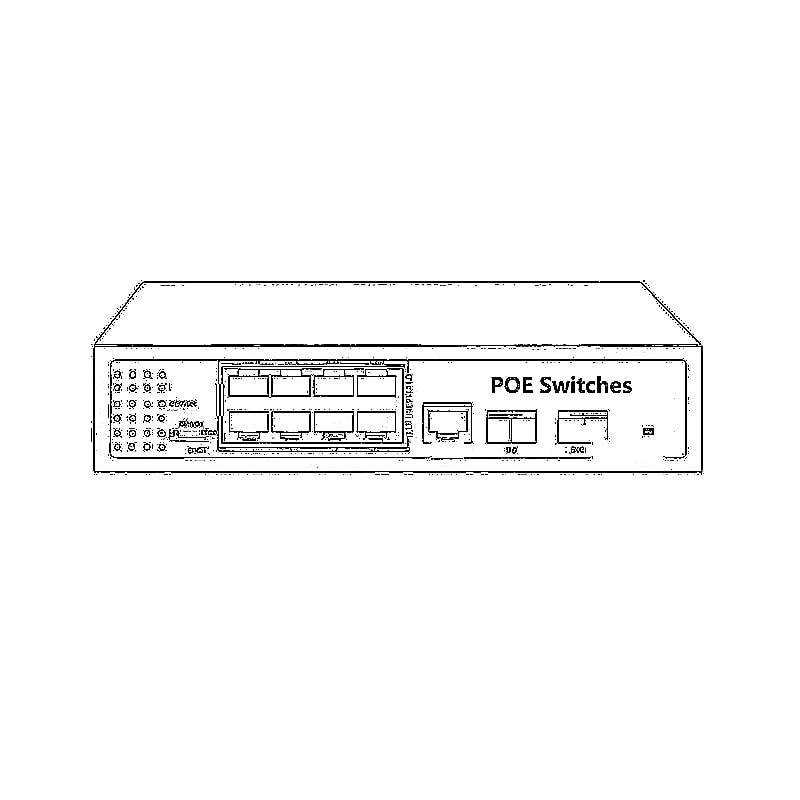
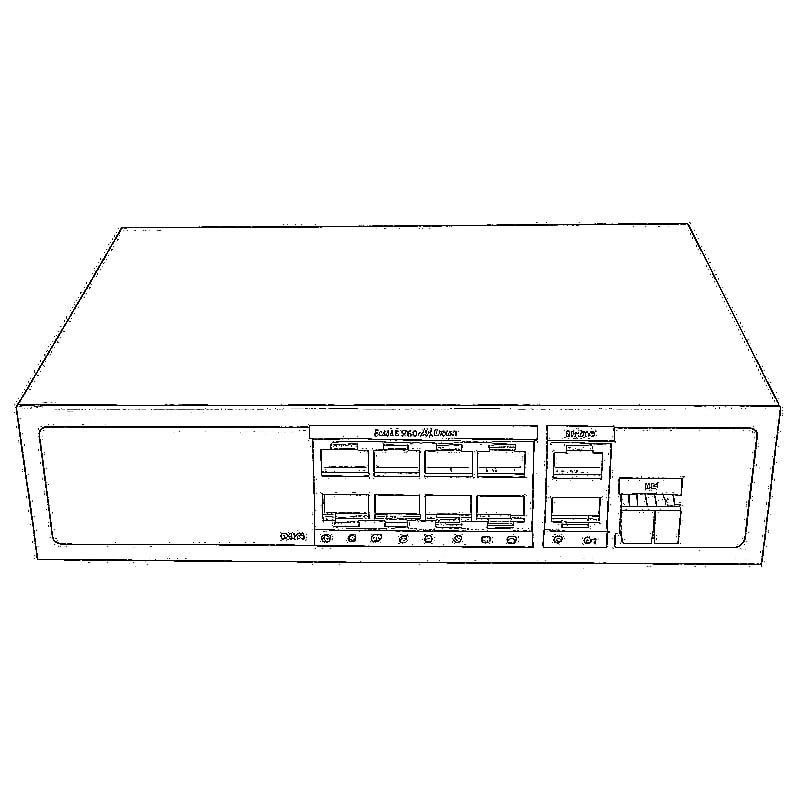
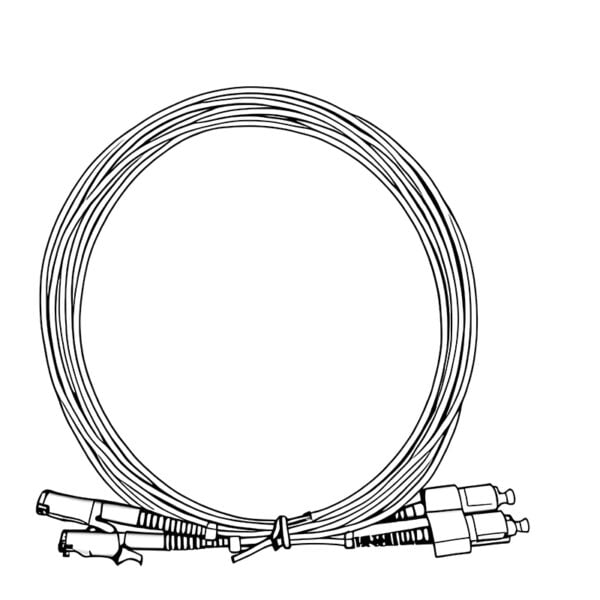
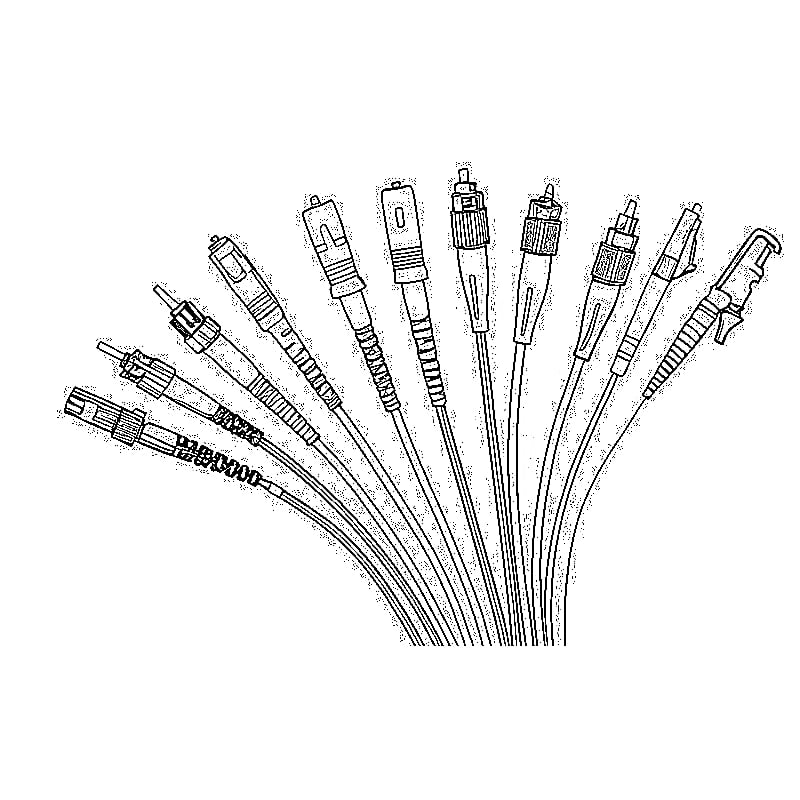
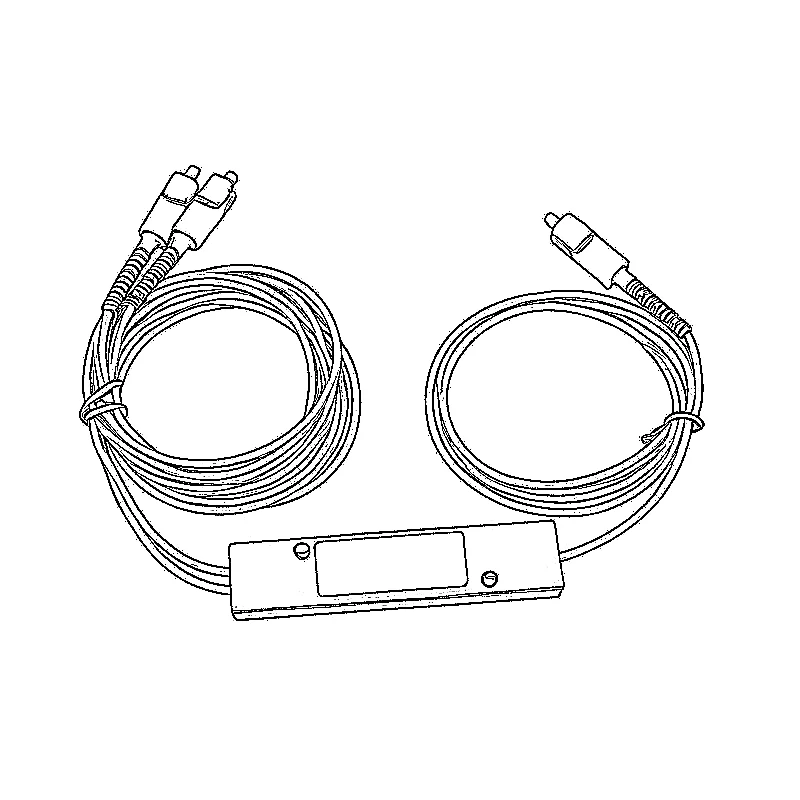
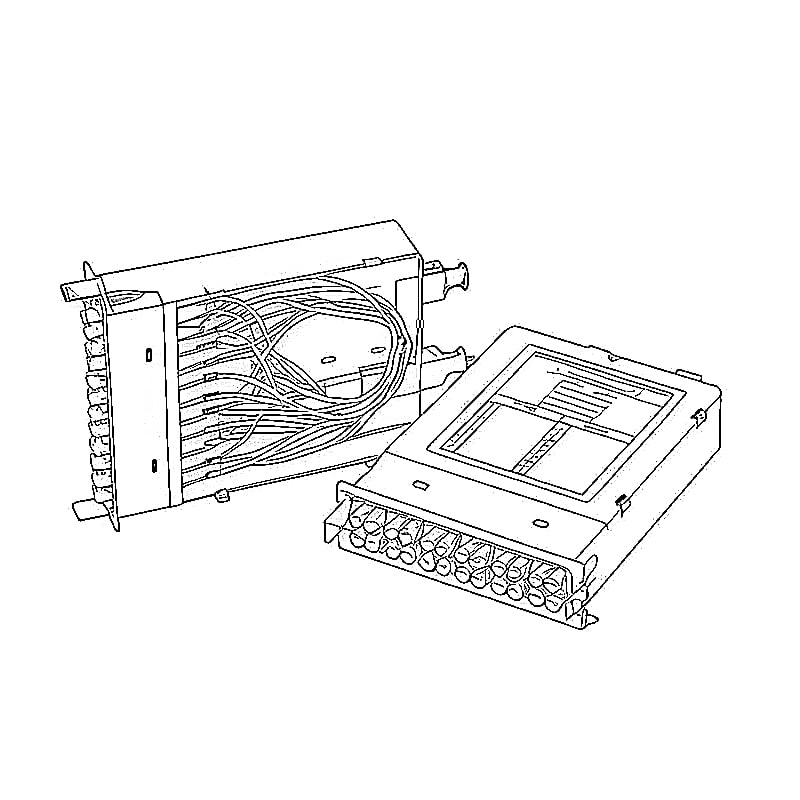
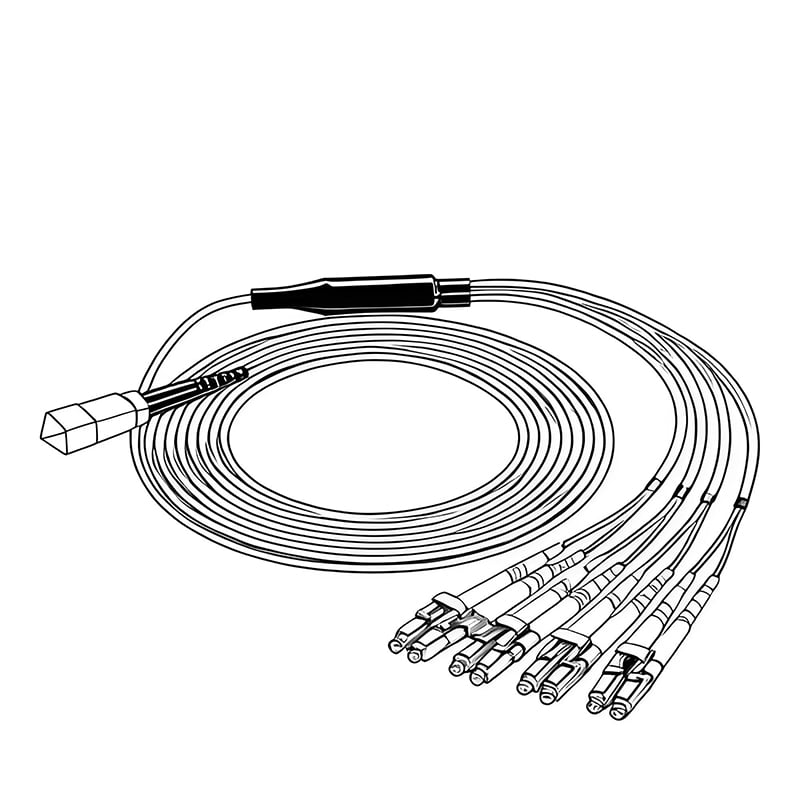
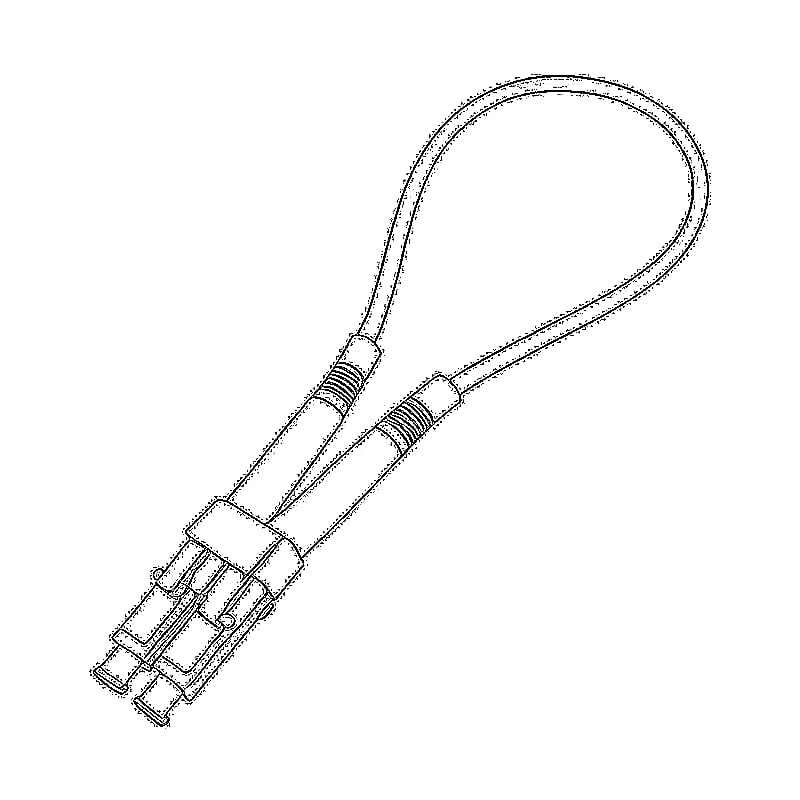
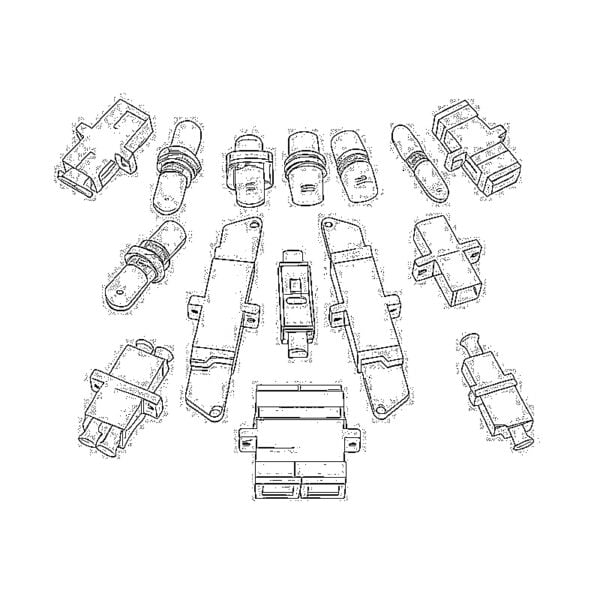
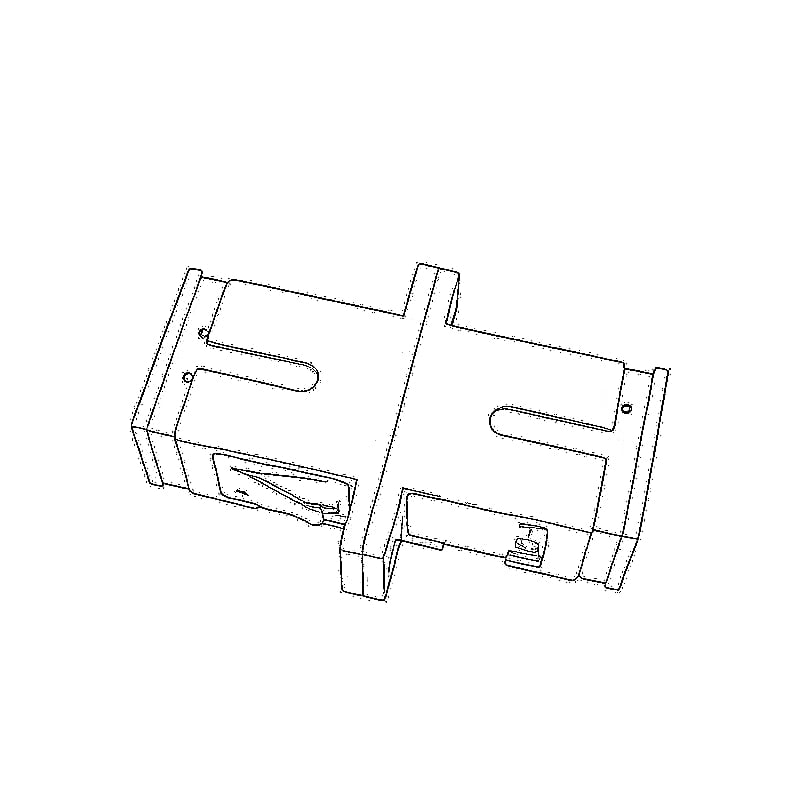
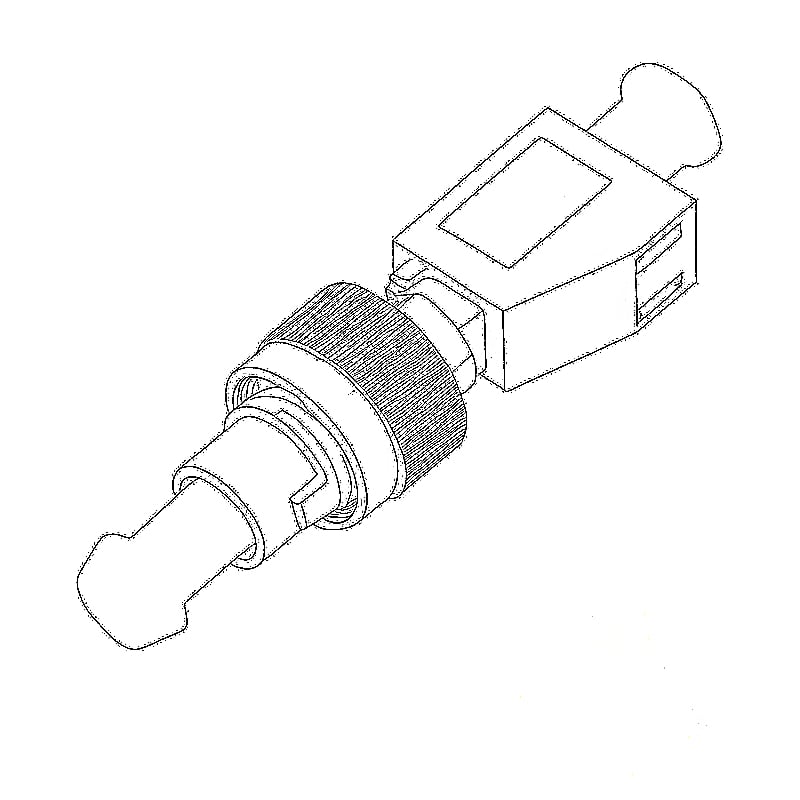
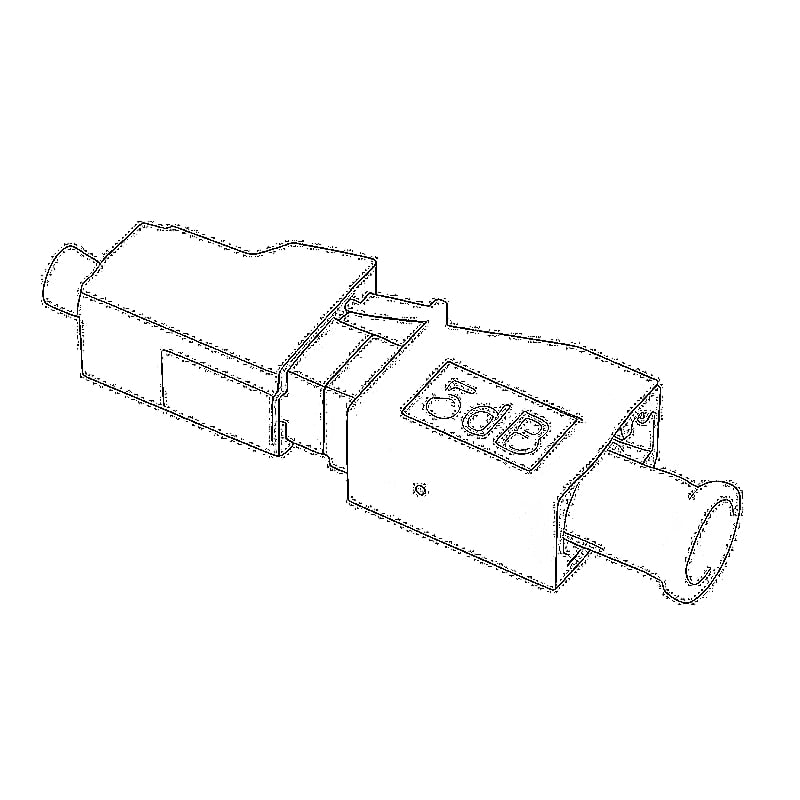
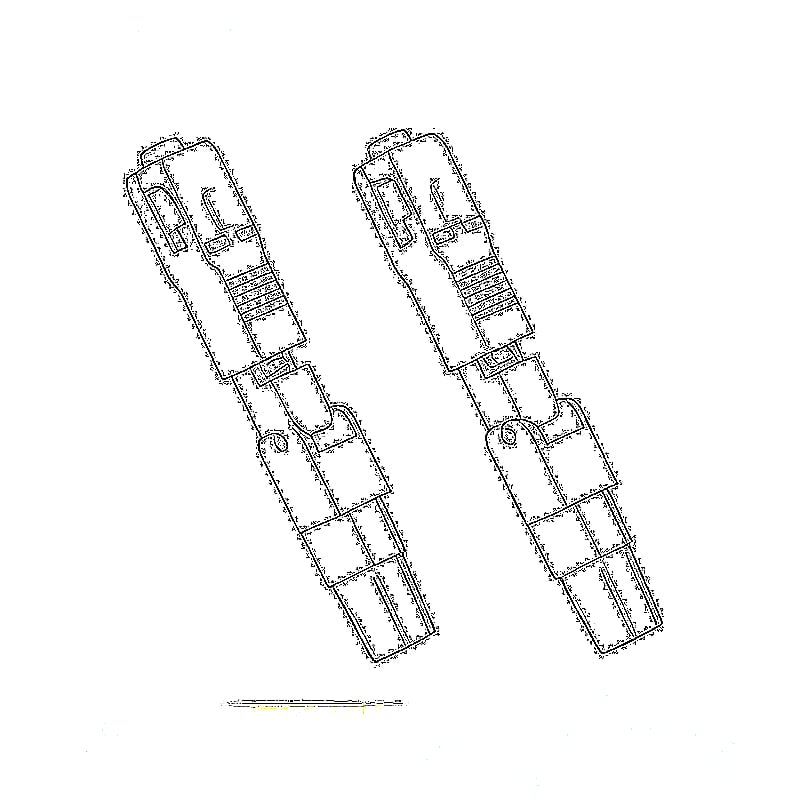
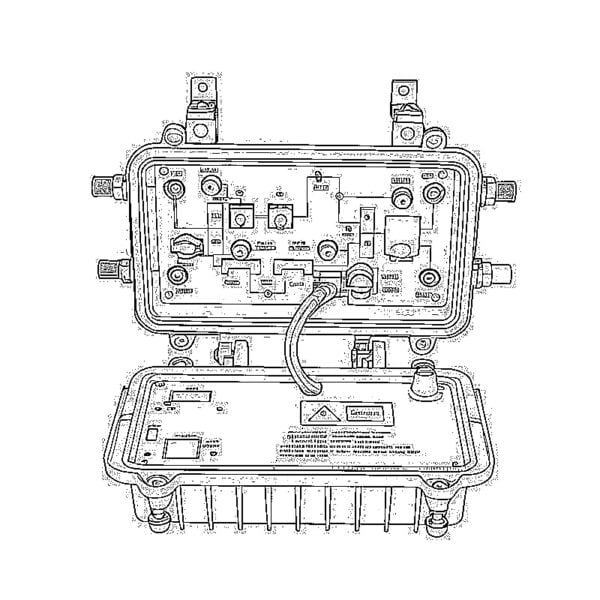
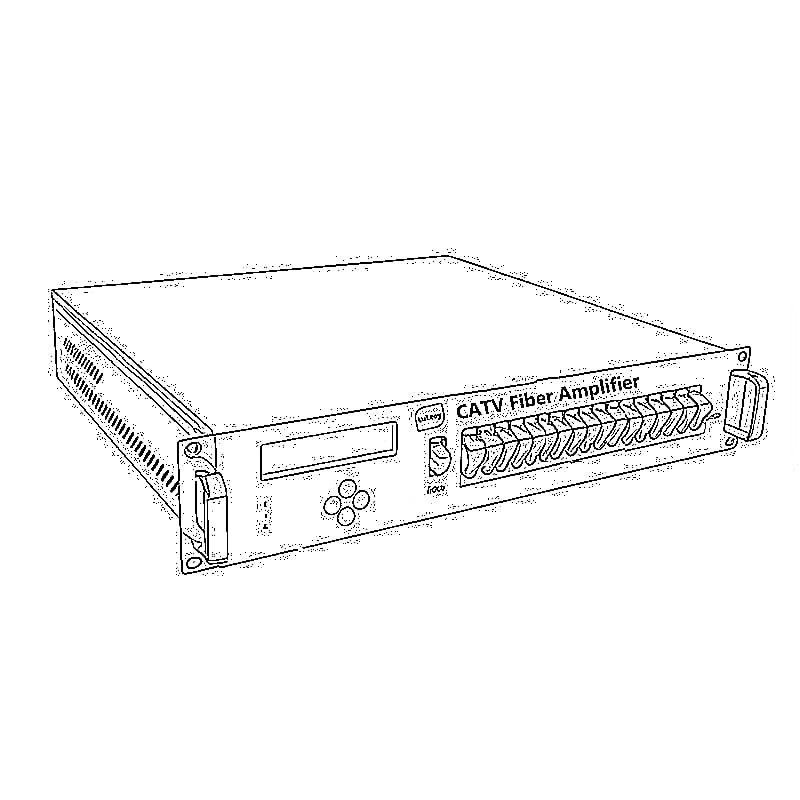
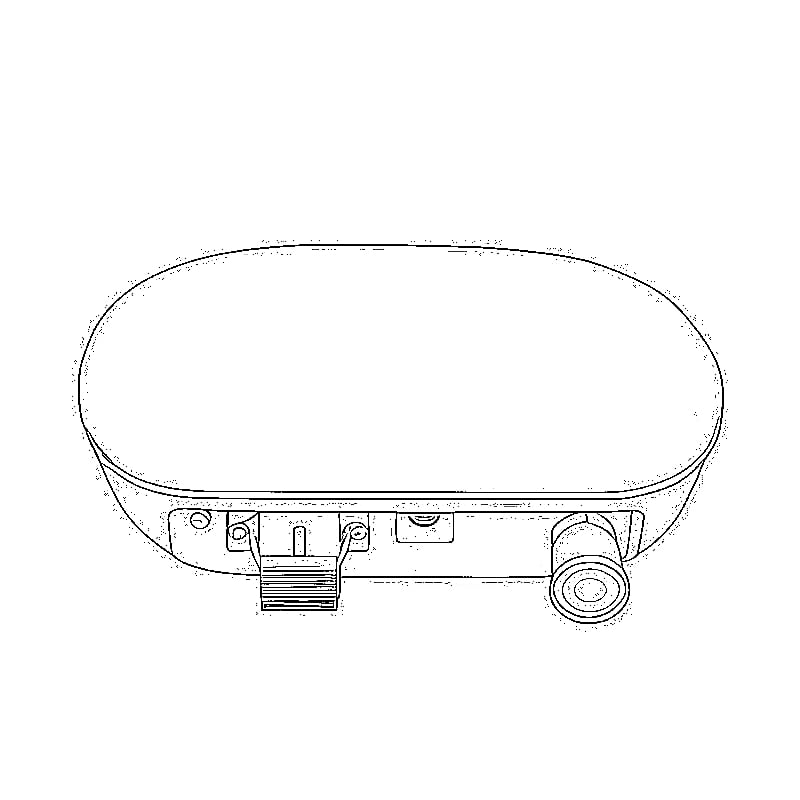
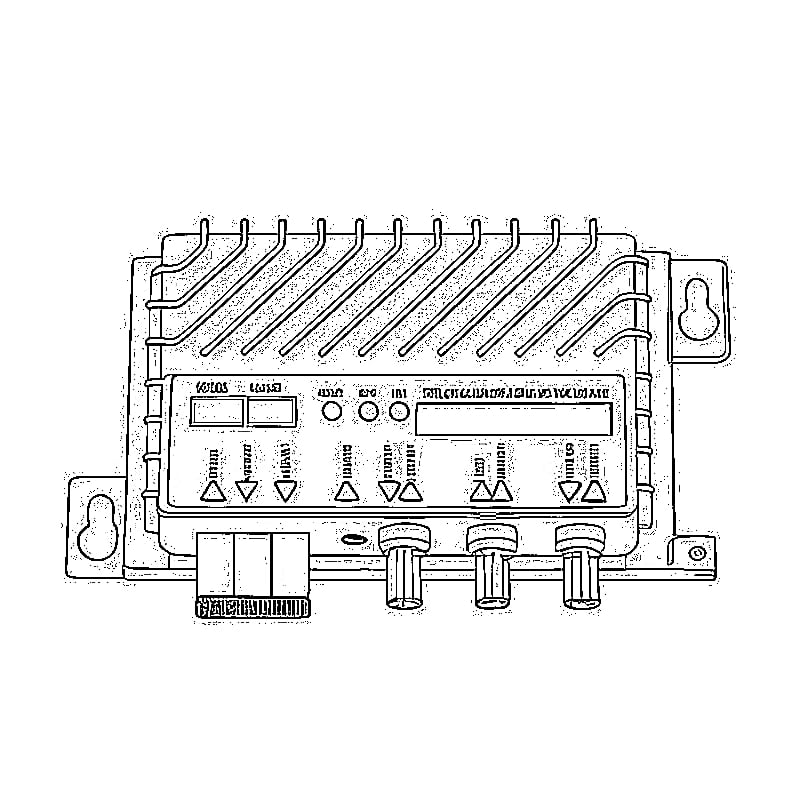

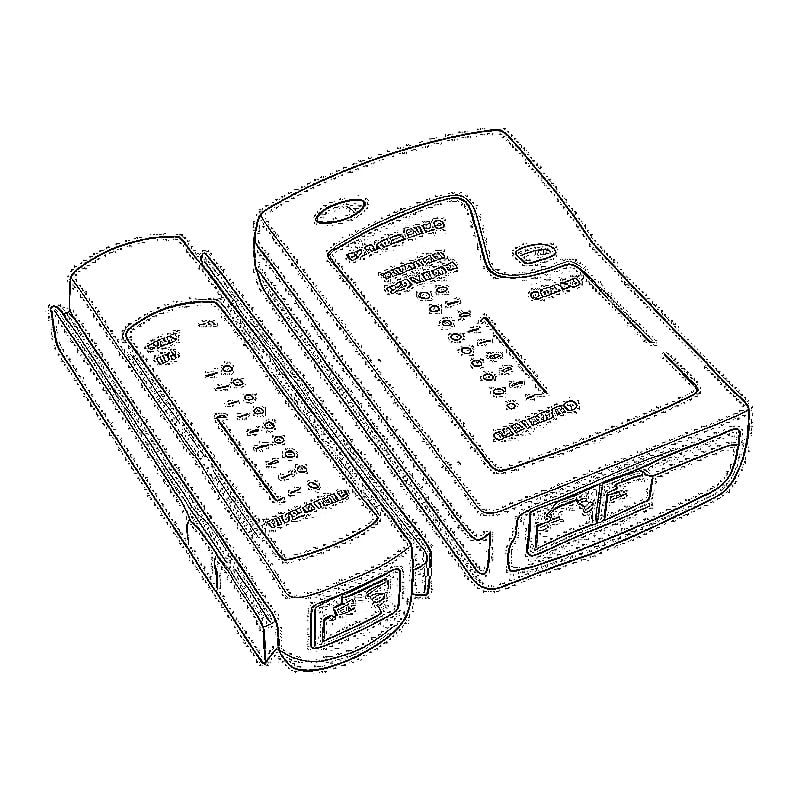
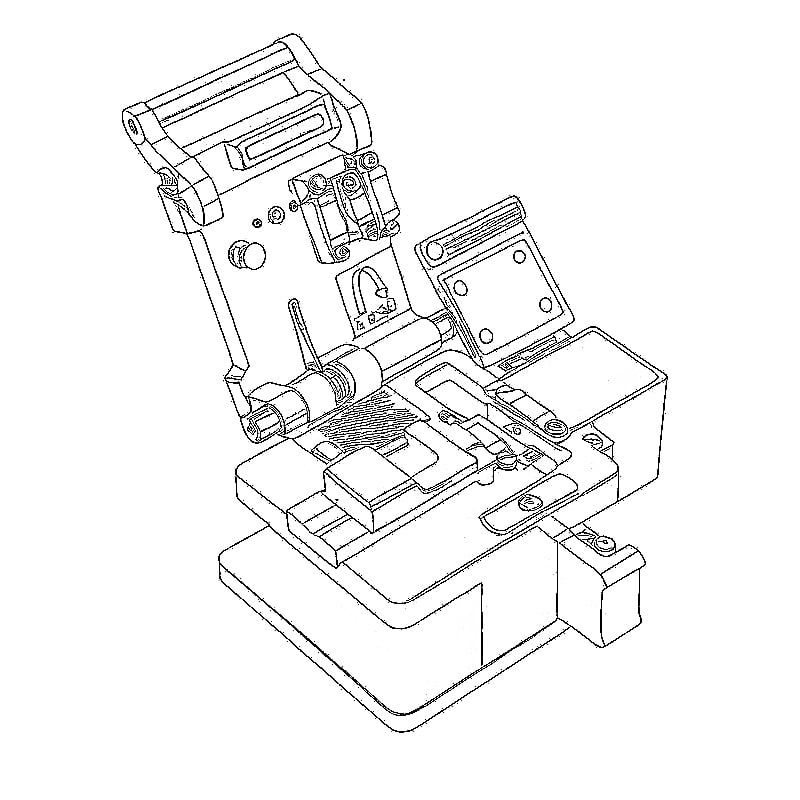
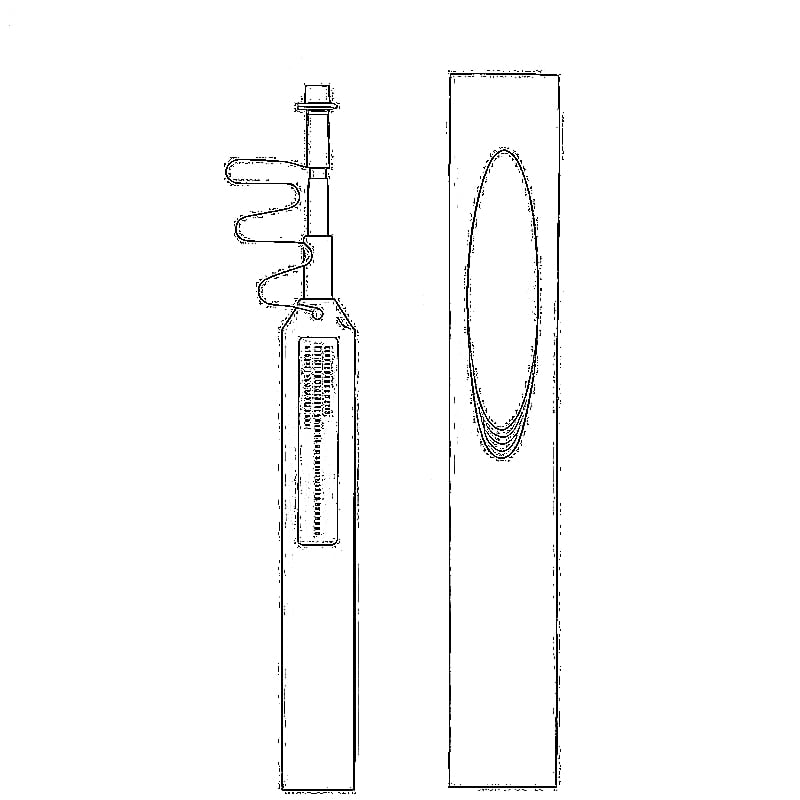


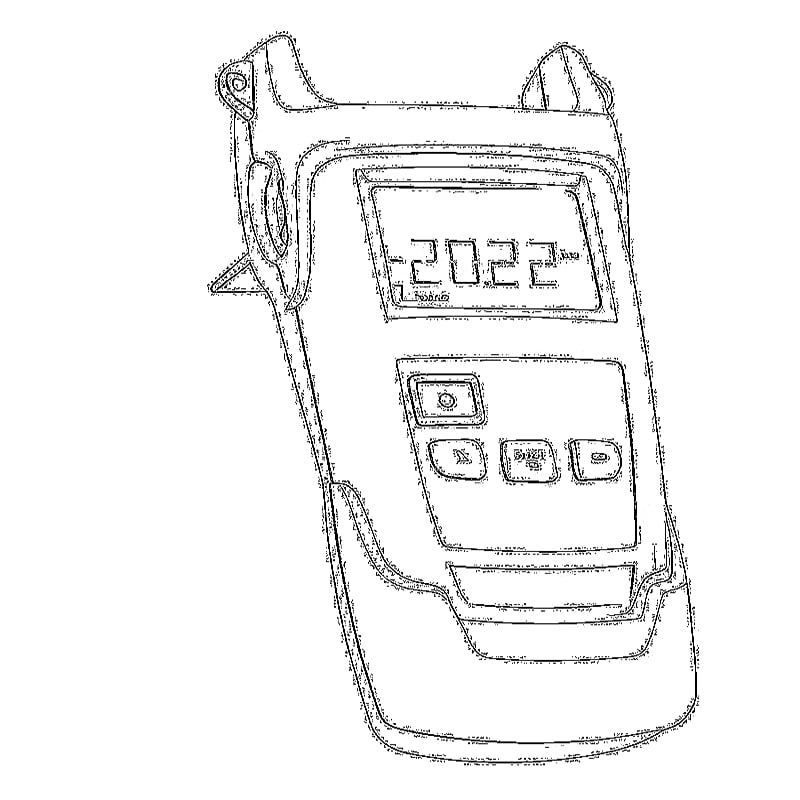

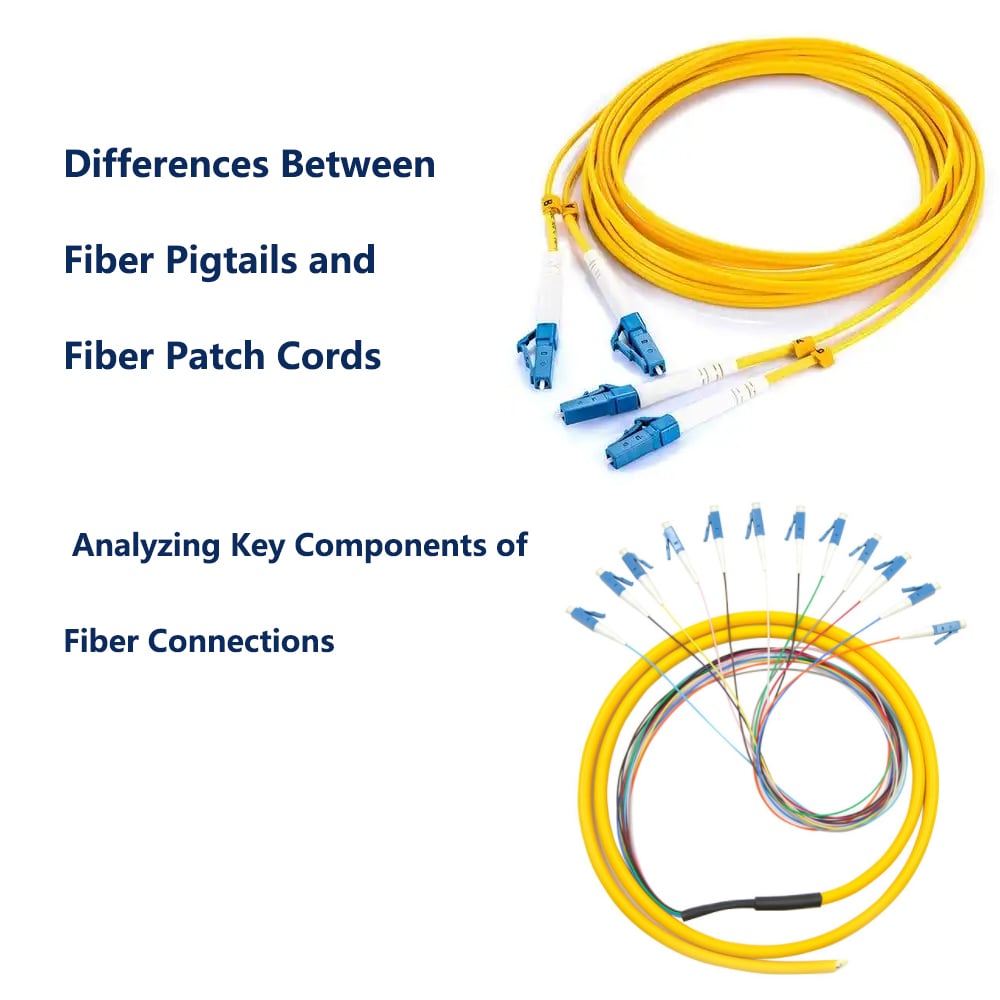
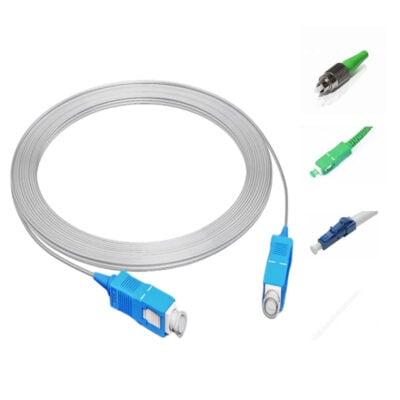
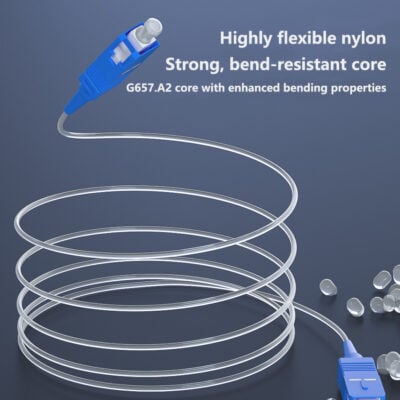
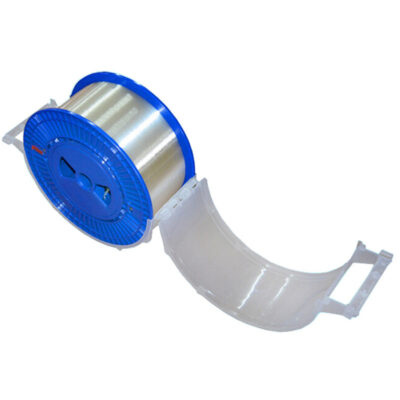
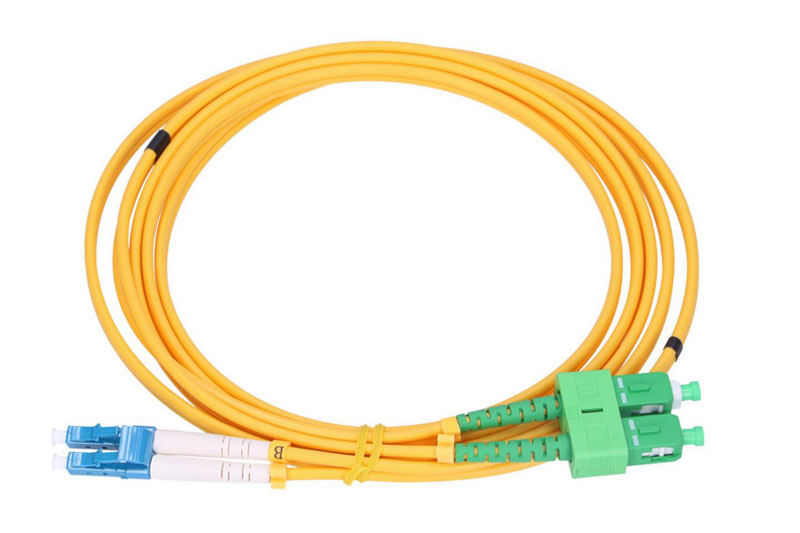
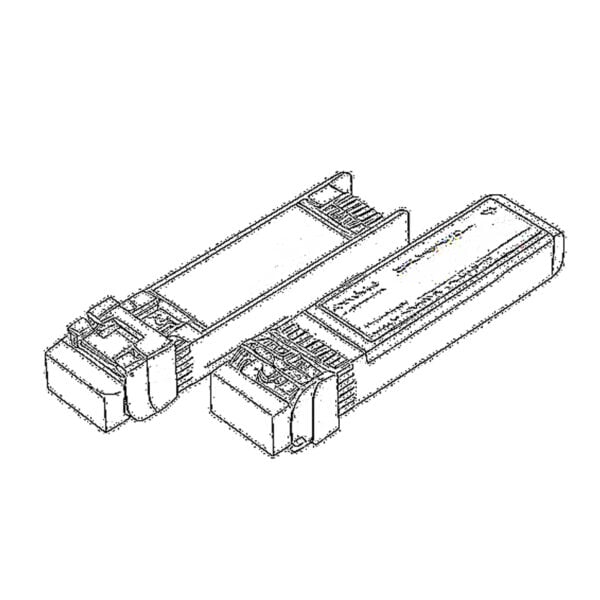 SFP/SFP+ (1G/2.5G/5G/10G)
SFP/SFP+ (1G/2.5G/5G/10G)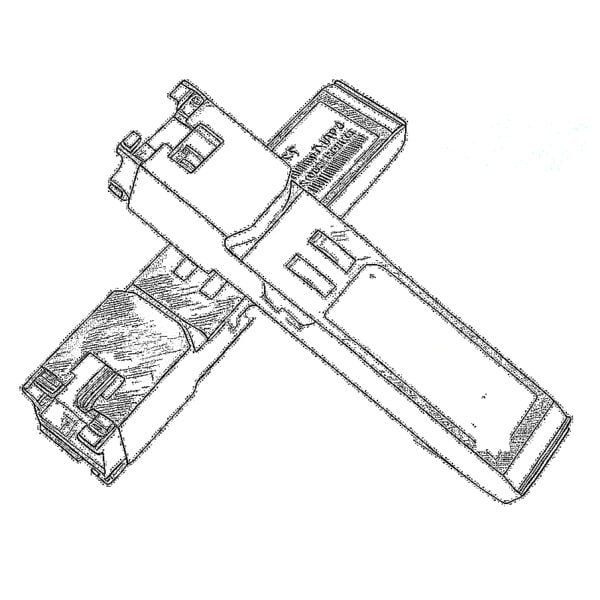 SFP-T (1G/2.5G/10G)
SFP-T (1G/2.5G/10G)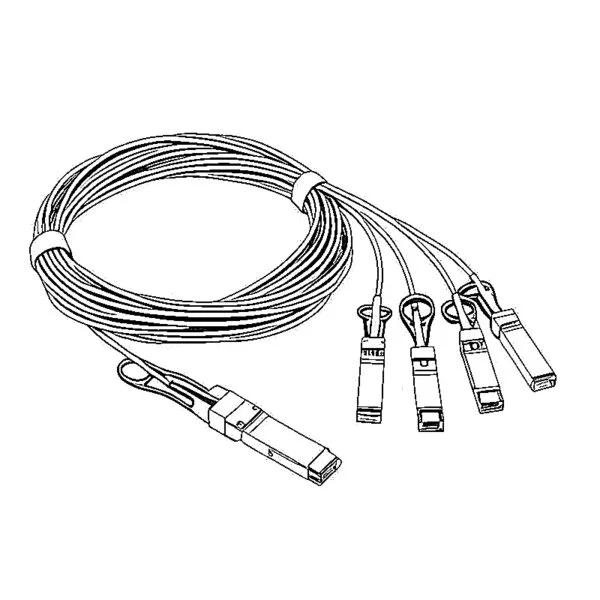 Кабель AOC 10G/25G/40G/100G
Кабель AOC 10G/25G/40G/100G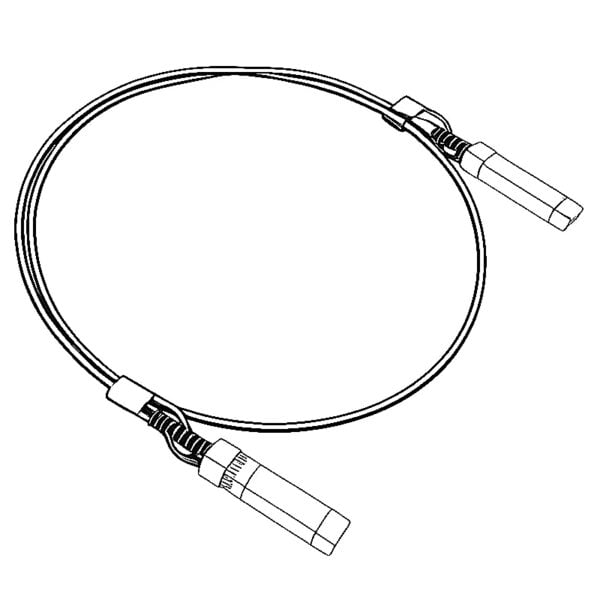 Кабель ЦАП 10G/25G/40G/100G
Кабель ЦАП 10G/25G/40G/100G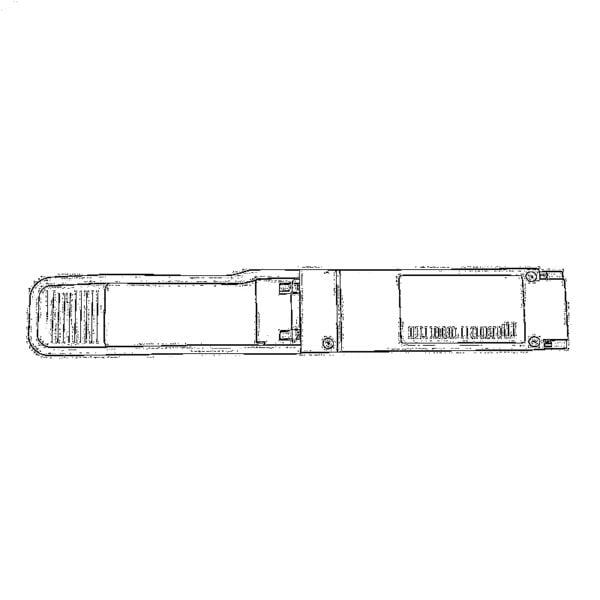 QSFP28 QSFP+ SFP28 100G/40G/25G
QSFP28 QSFP+ SFP28 100G/40G/25G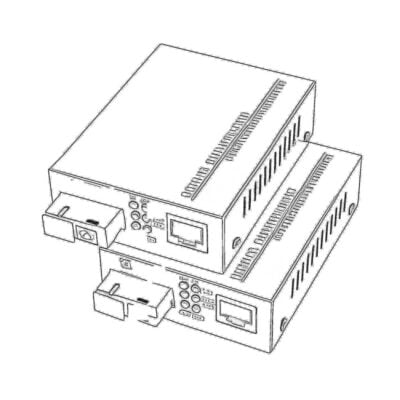 Медиаконвертеры из меди в оптоволокно
Медиаконвертеры из меди в оптоволокно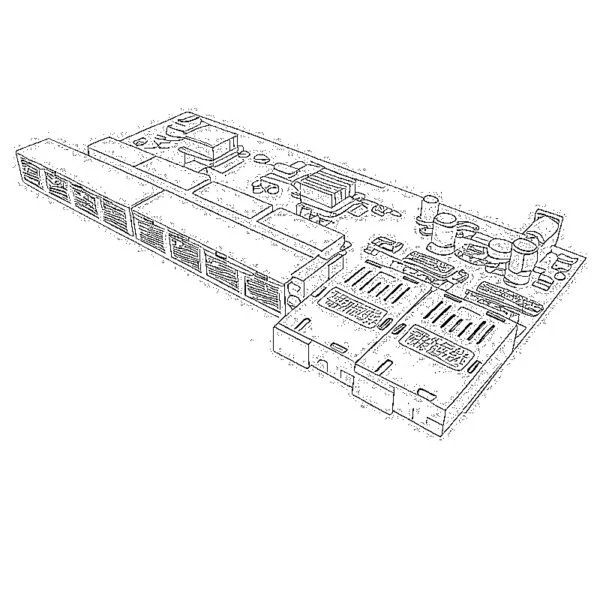 Плата PCBA для оптоволоконного медиаконвертера
Плата PCBA для оптоволоконного медиаконвертера Оптоволоконные медиаконвертеры OEO
Оптоволоконные медиаконвертеры OEO Последовательные медиаконвертеры в оптоволоконные
Последовательные медиаконвертеры в оптоволоконные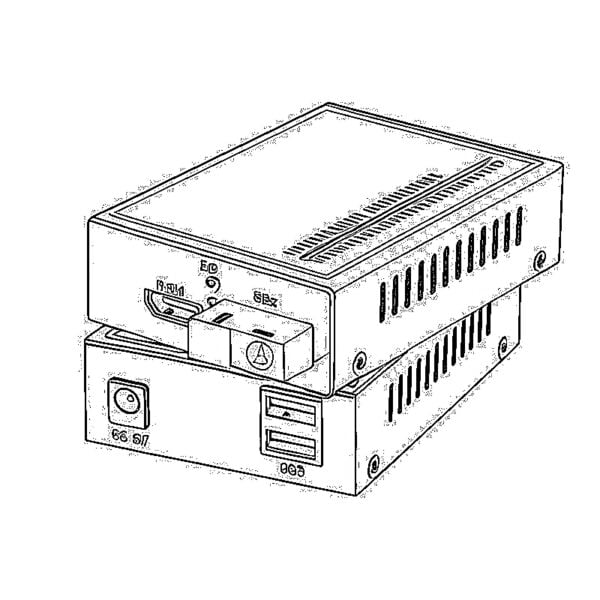 Видеоконвертеры в оптоволоконные медиаконвертеры
Видеоконвертеры в оптоволоконные медиаконвертеры 1000M GPON/EPON ONU
1000M GPON/EPON ONU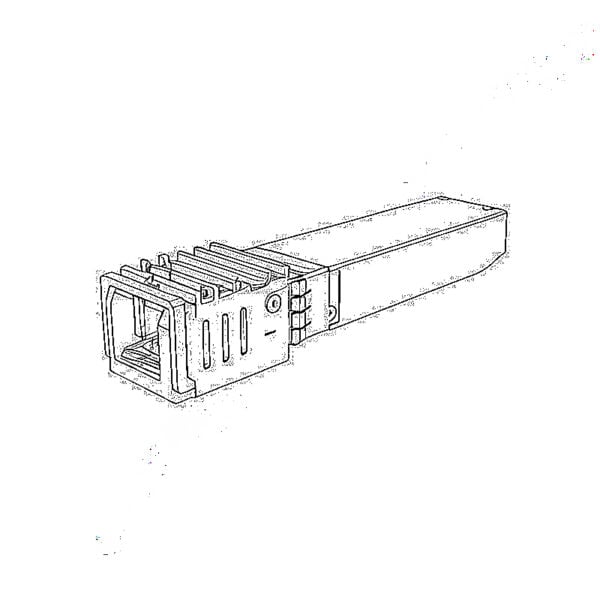 10G EPON ONU/XG-PON/XGS-PON
10G EPON ONU/XG-PON/XGS-PON 2,5G GPON/XPON STICK SFP ONU
2,5G GPON/XPON STICK SFP ONU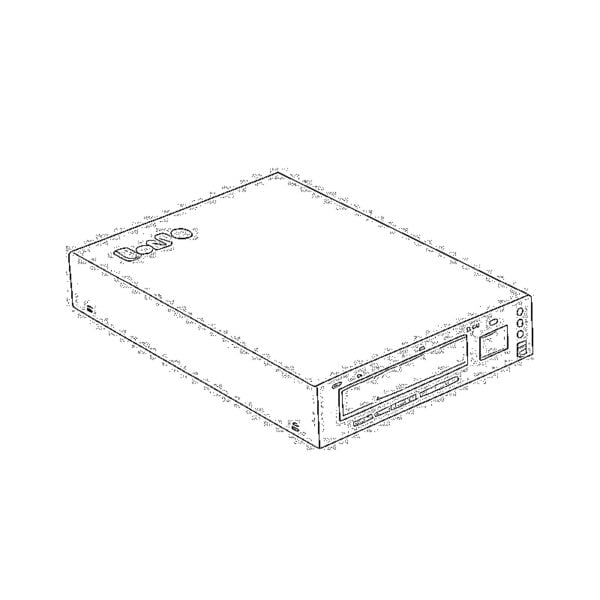 POE GPON/EPON ONU
POE GPON/EPON ONU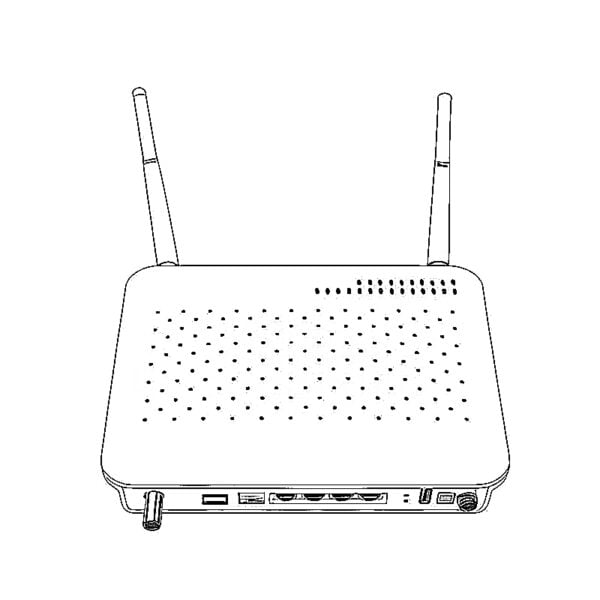 Беспроводной GPON/EPON ONT
Беспроводной GPON/EPON ONT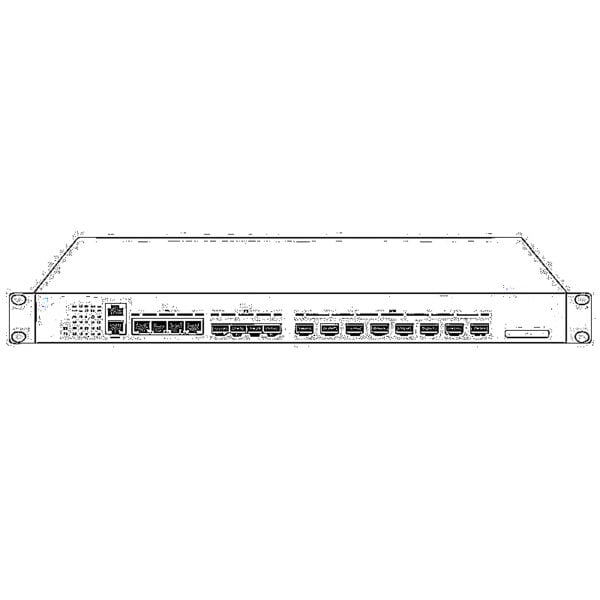 ЭПОН ОЛТ
ЭПОН ОЛТ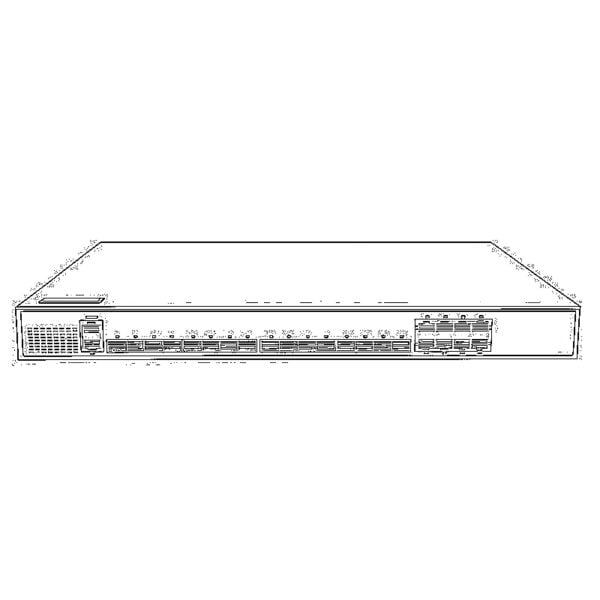 GPON-ОЛТ
GPON-ОЛТ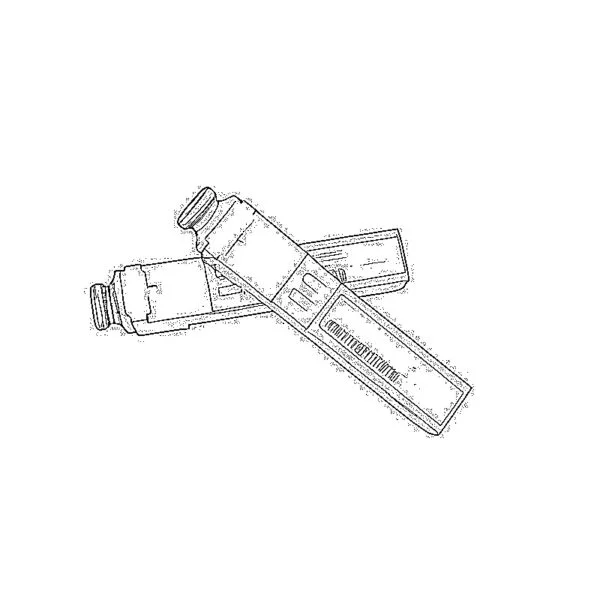 Модуль SFP PON
Модуль SFP PON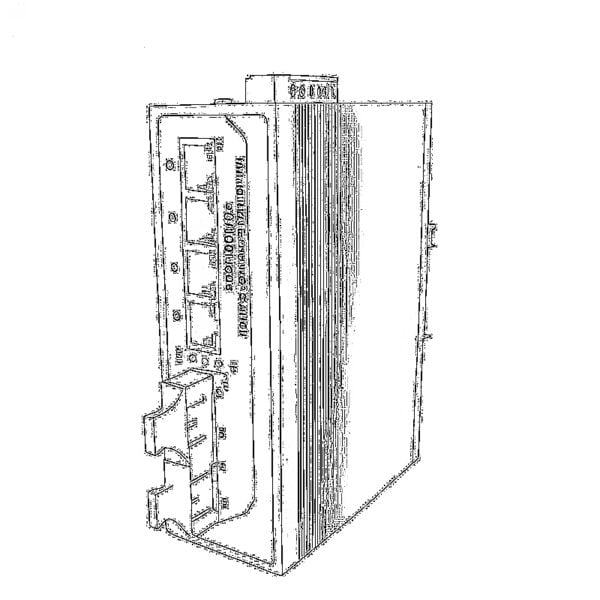 Промышленные коммутаторы
Промышленные коммутаторы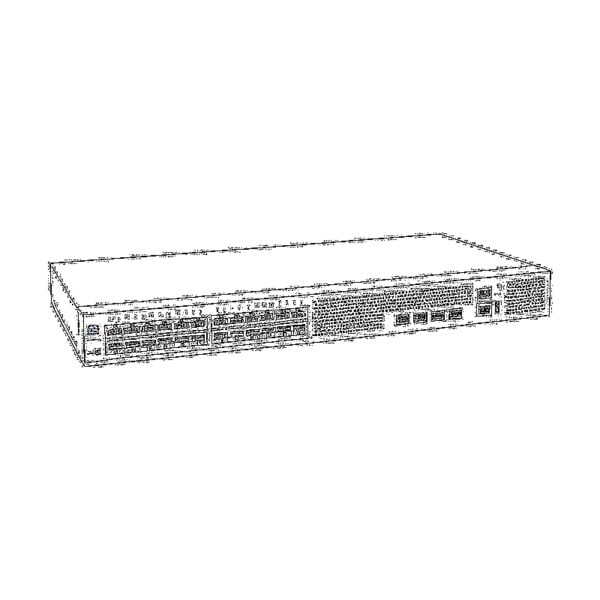 Управляемые коммутаторы
Управляемые коммутаторы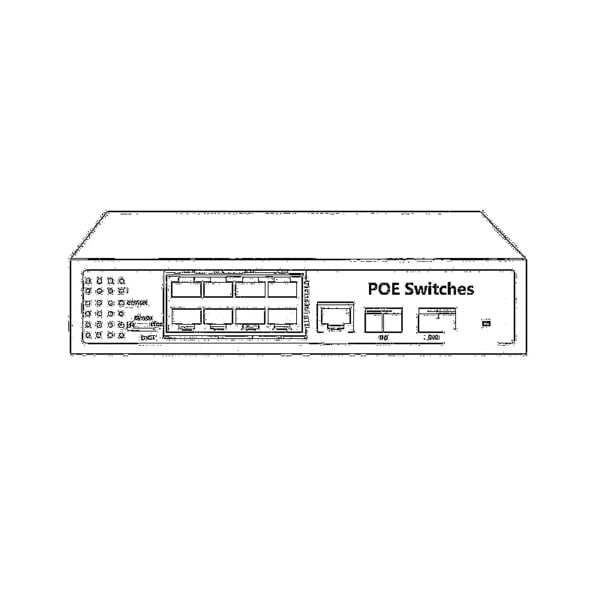 Коммутаторы POE
Коммутаторы POE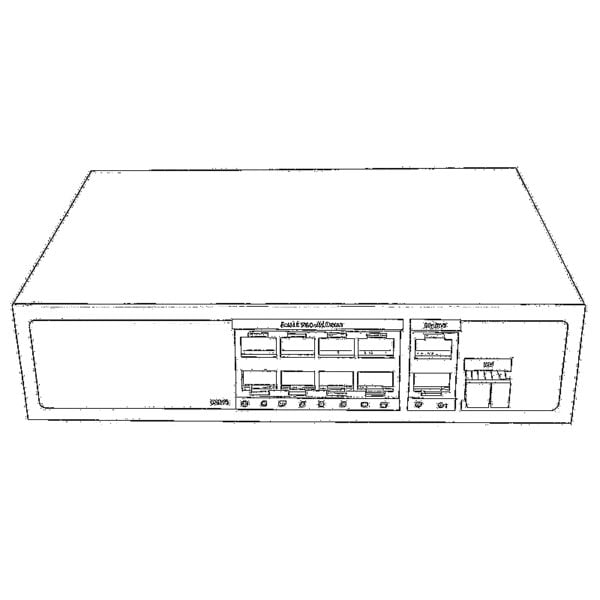 Неуправляемые коммутаторы
Неуправляемые коммутаторы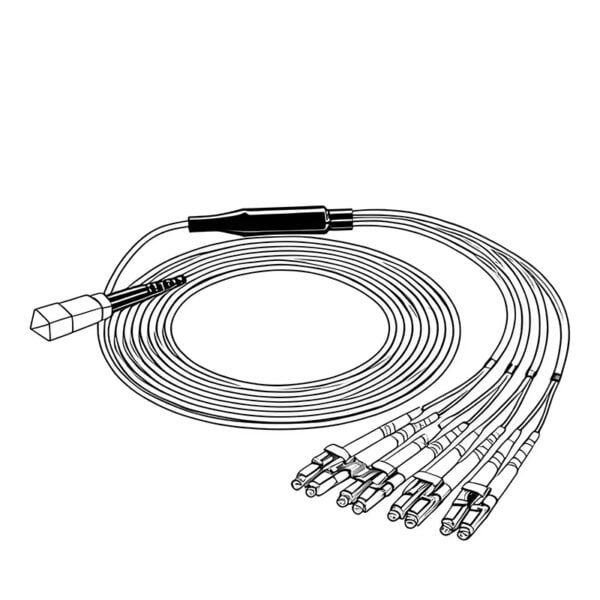 Волоконно-оптические кабели MTP/MPO
Волоконно-оптические кабели MTP/MPO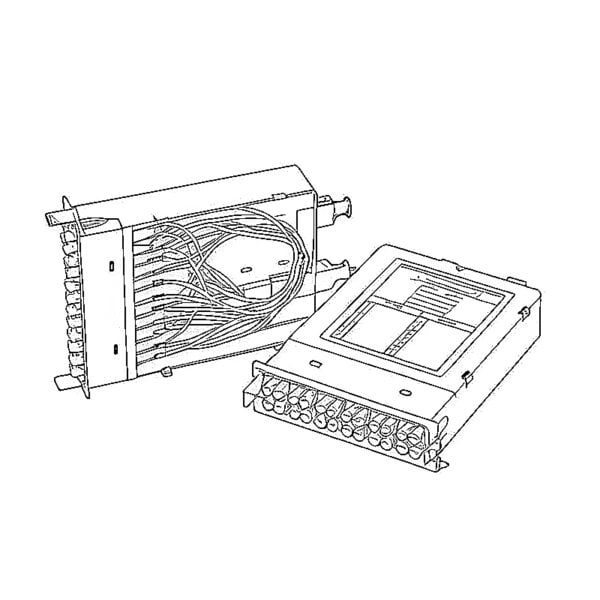 Волоконно-оптические кассеты
Волоконно-оптические кассеты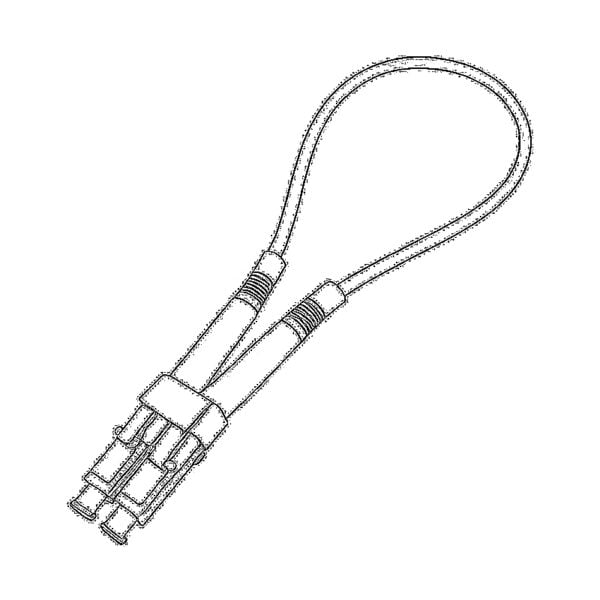 Волоконно-оптический шлейф
Волоконно-оптический шлейф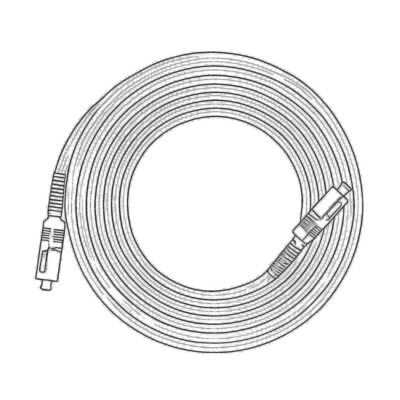 Оптические кабели и волоконно-оптические пигтейлы
Оптические кабели и волоконно-оптические пигтейлы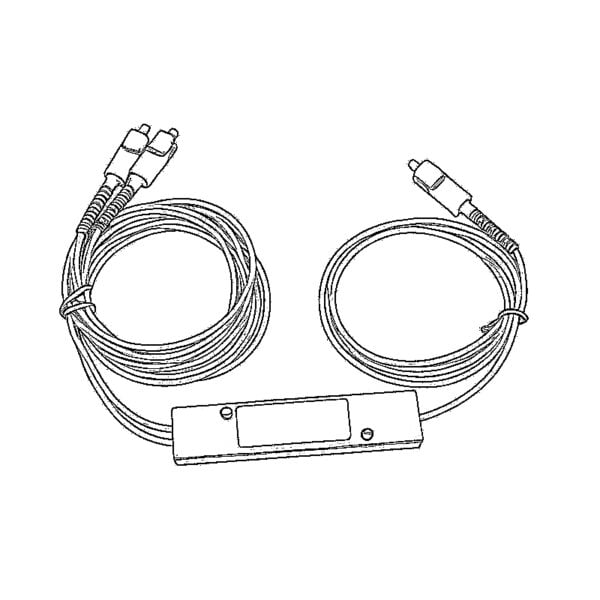 Оптические разветвители и разветвительные коробки
Оптические разветвители и разветвительные коробки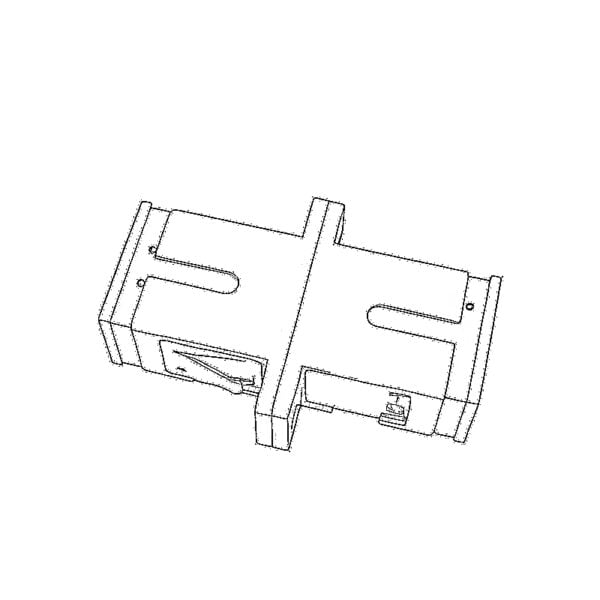 Фланцевые соединители для оптоволокна
Фланцевые соединители для оптоволокна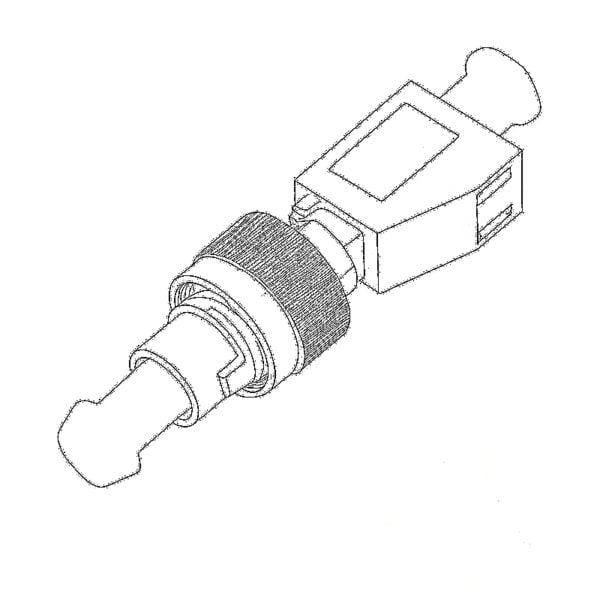 Оптические адаптеры
Оптические адаптеры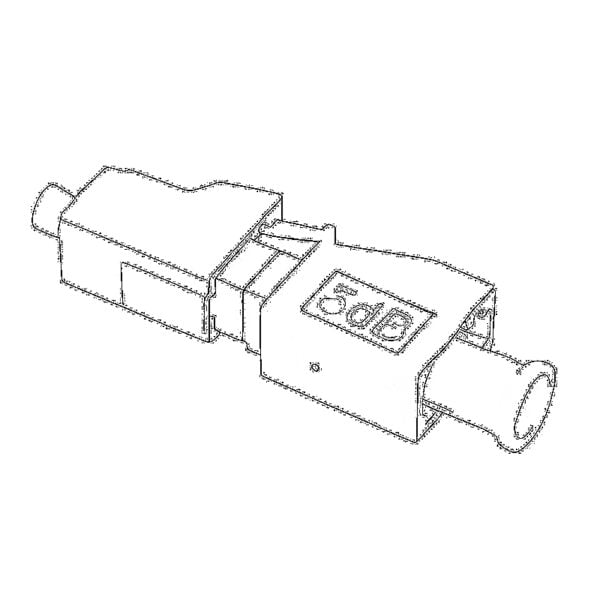 Оптический аттенюатор
Оптический аттенюатор Быстроразъемное соединение и панель разъемов
Быстроразъемное соединение и панель разъемов Усилитель кабельного телевидения
Усилитель кабельного телевидения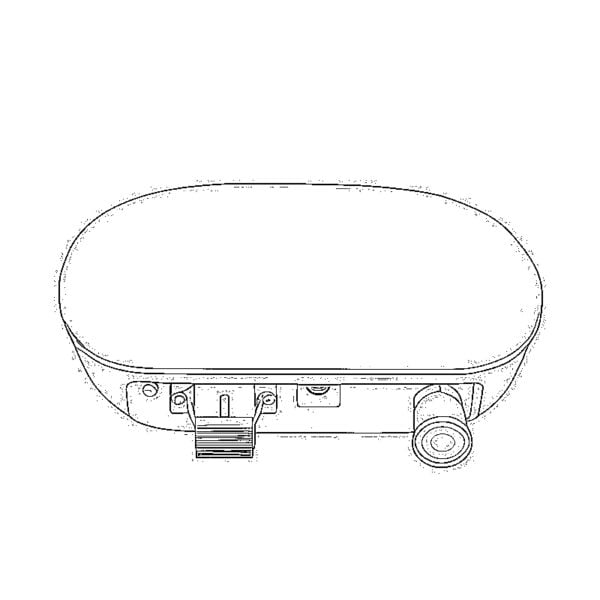 Оптический приемник кабельного телевидения
Оптический приемник кабельного телевидения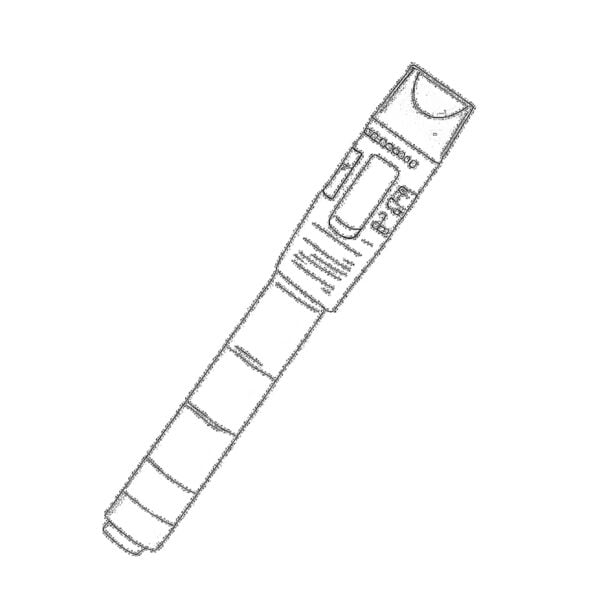 Визуальный локатор неисправностей
Визуальный локатор неисправностей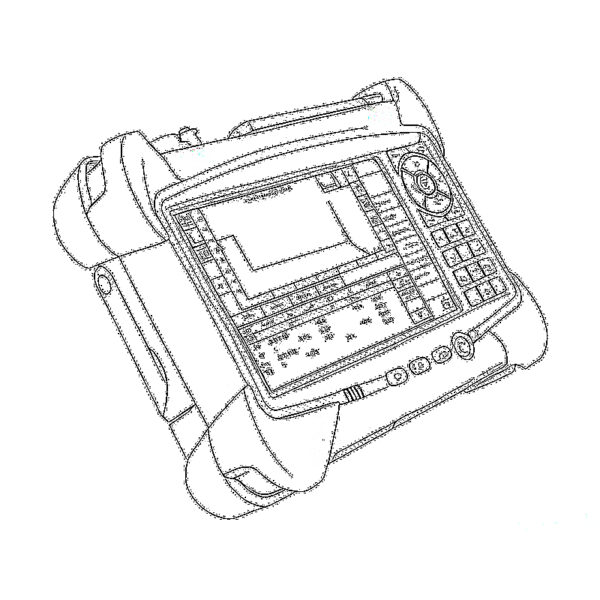 OTDR
OTDR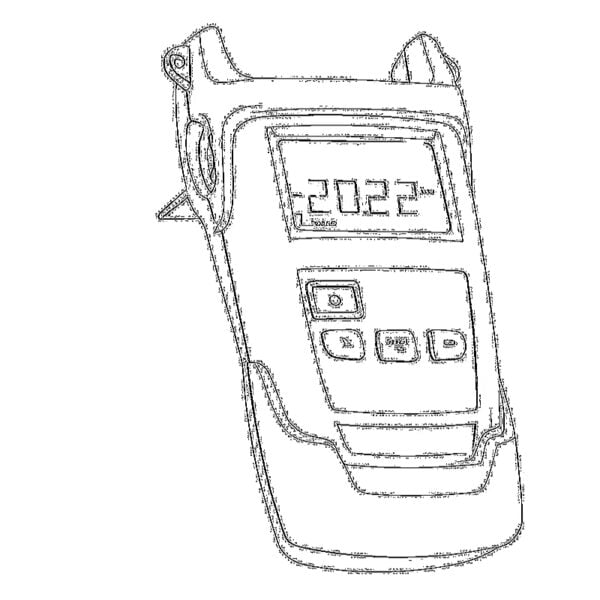 Измеритель оптической мощности
Измеритель оптической мощности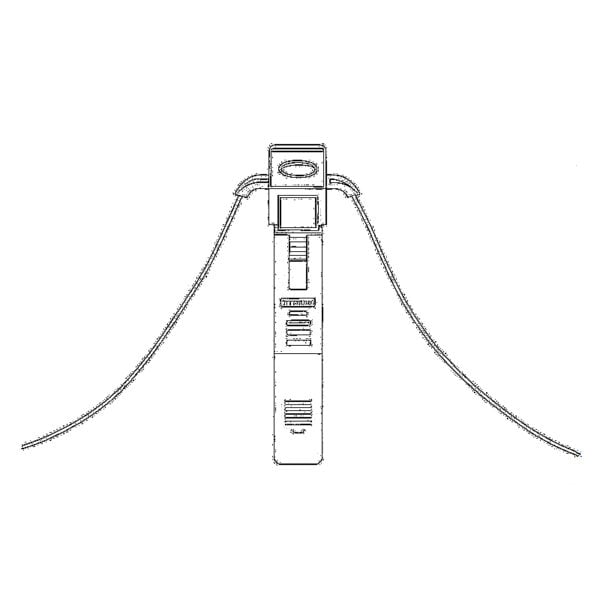 Волоконно-оптический идентификатор
Волоконно-оптический идентификатор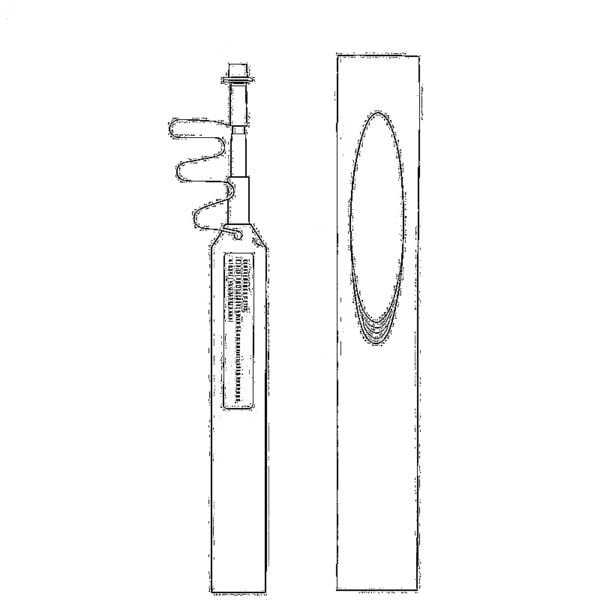 Очистители оптоволокна
Очистители оптоволокна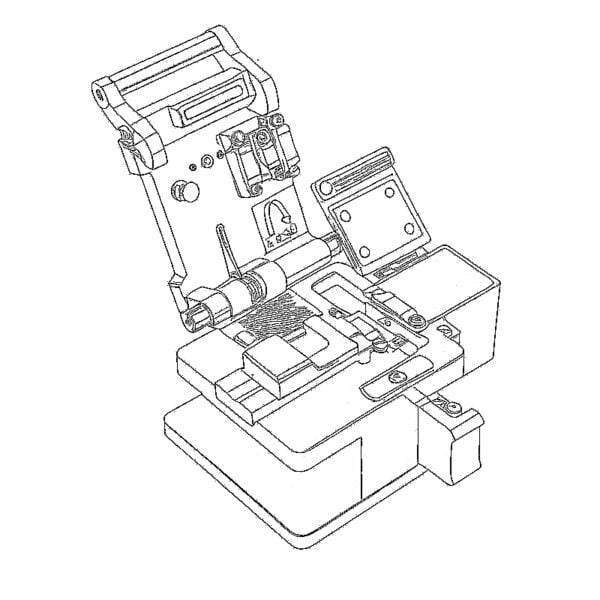 Скалыватели и стрипперные устройства для волокон
Скалыватели и стрипперные устройства для волокон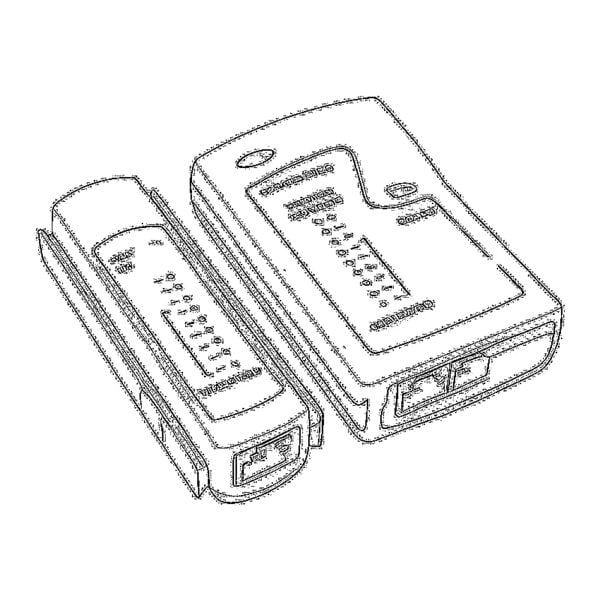 Медные инструменты
Медные инструменты